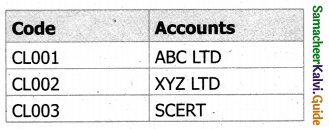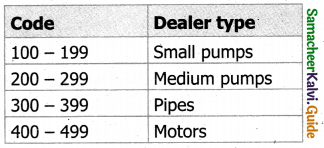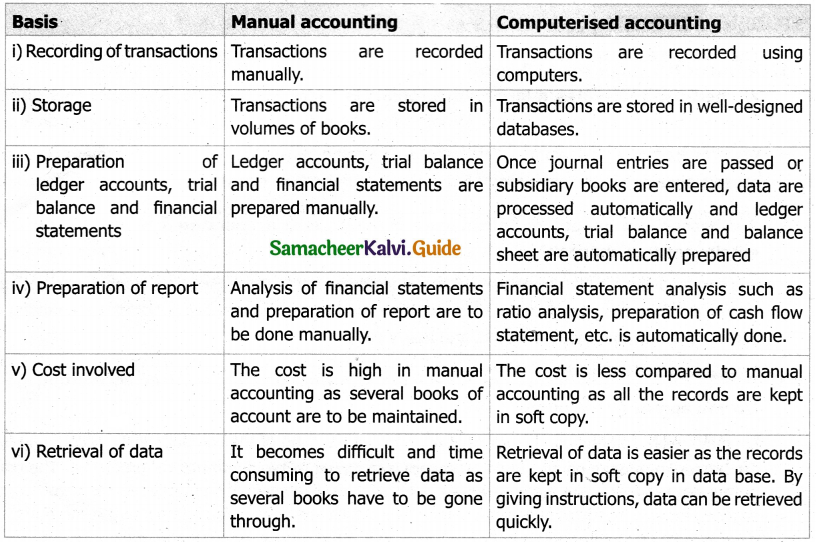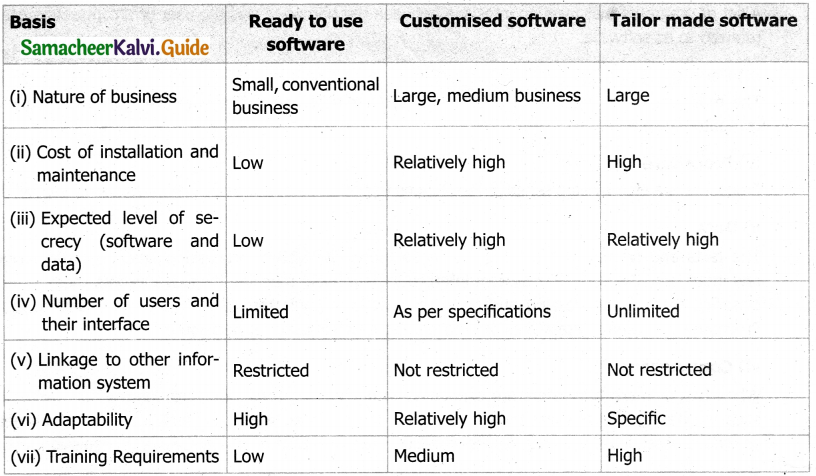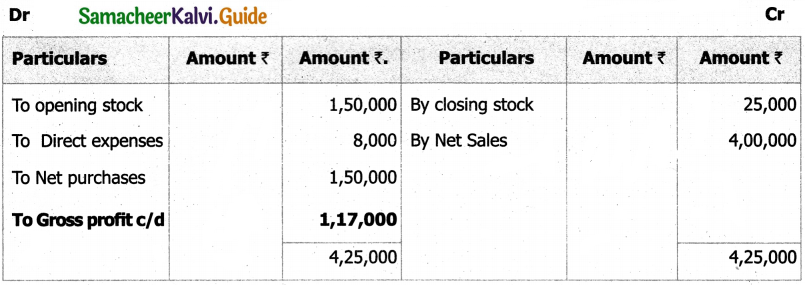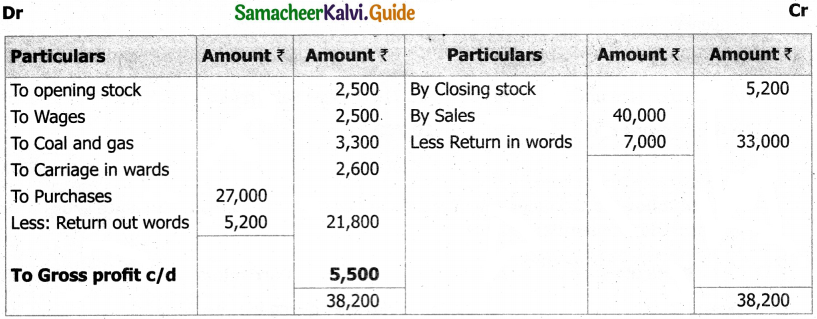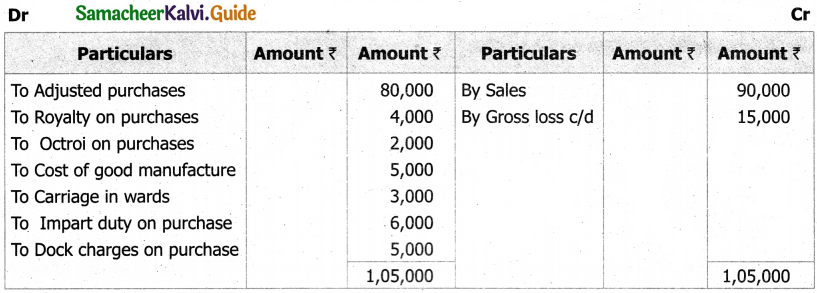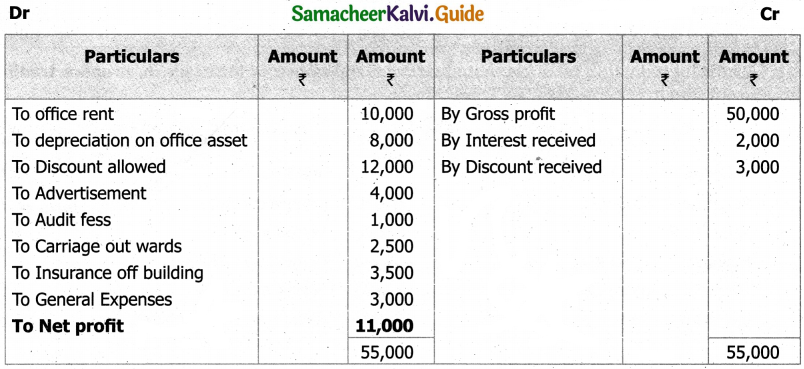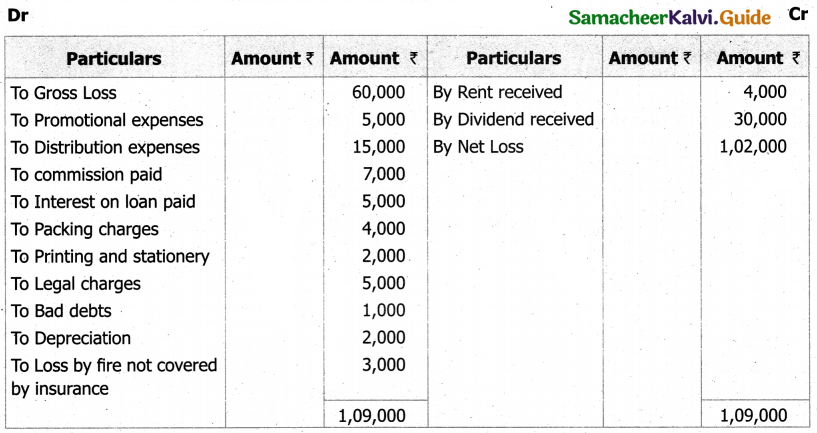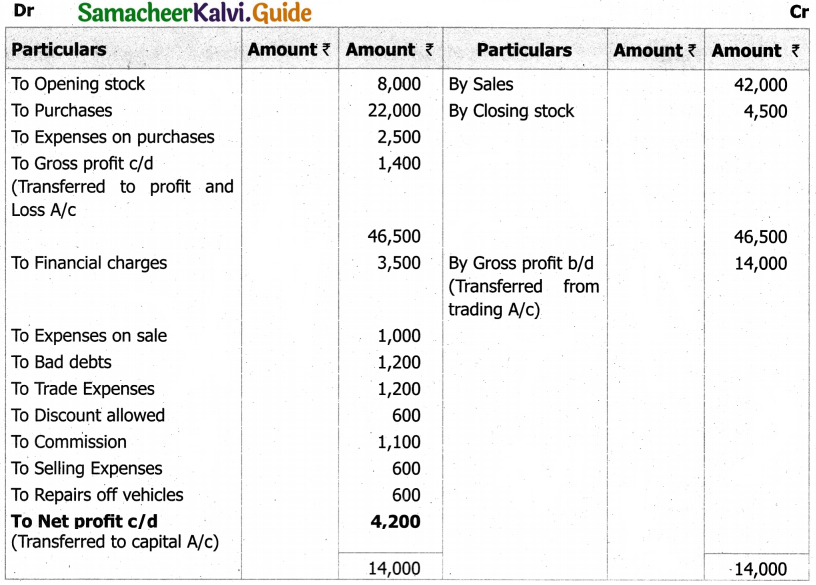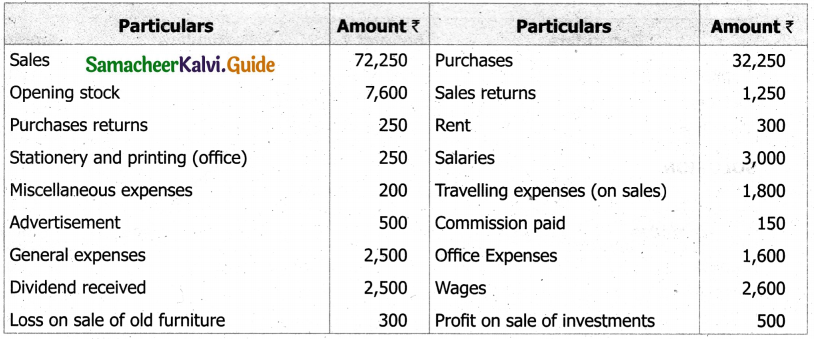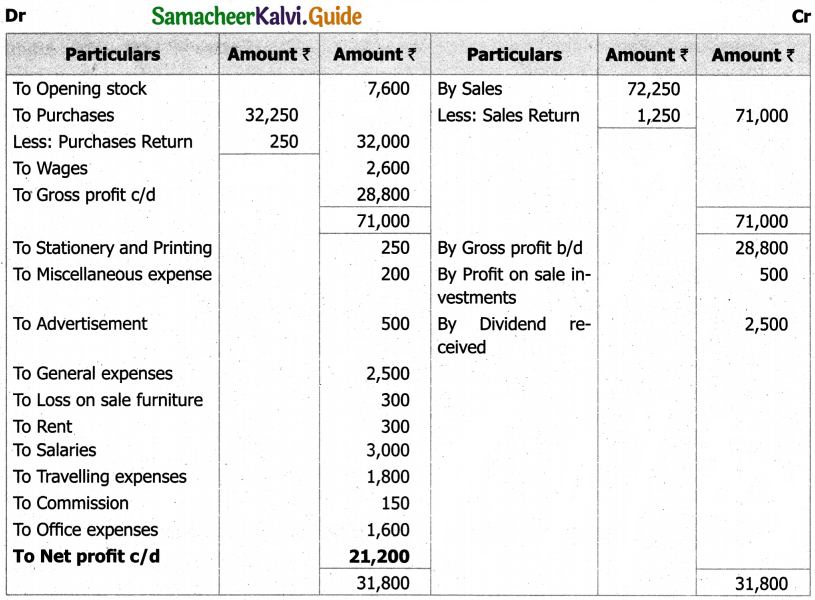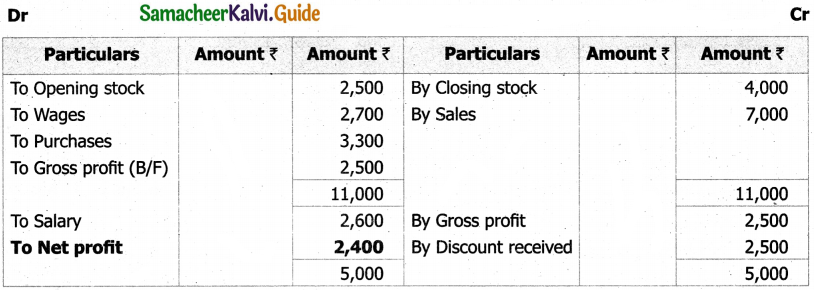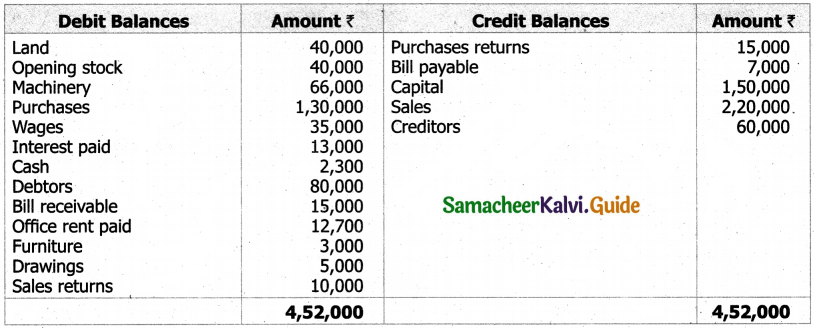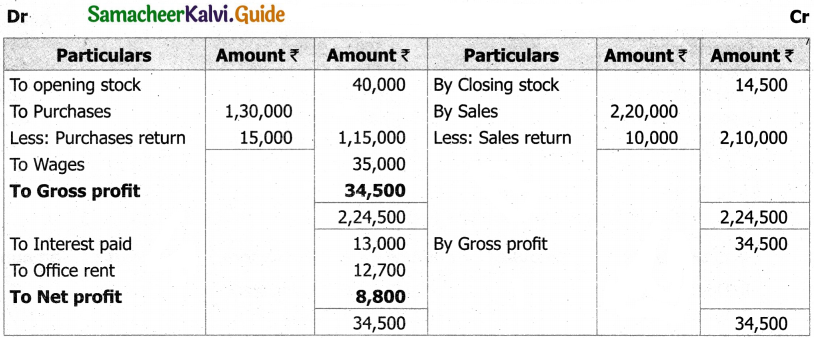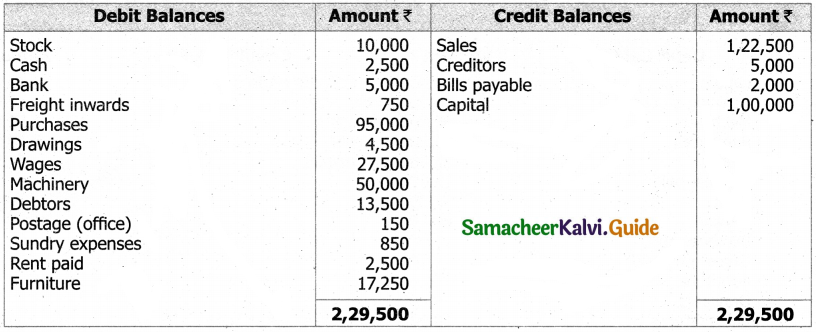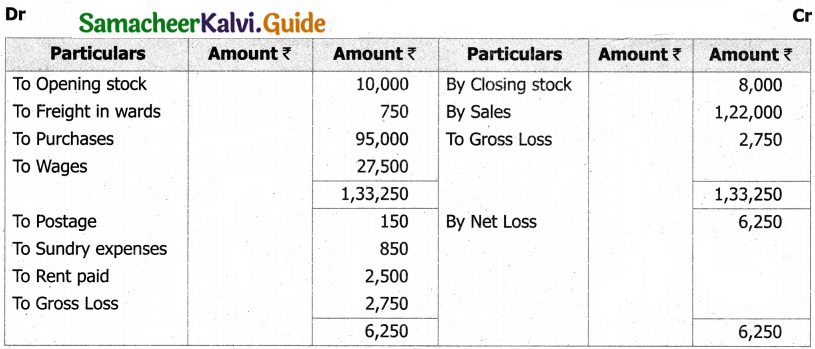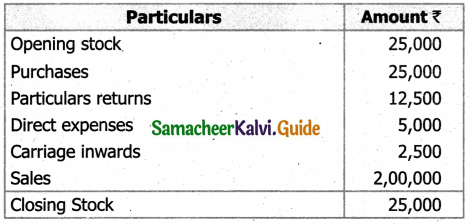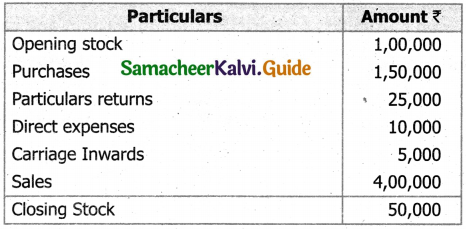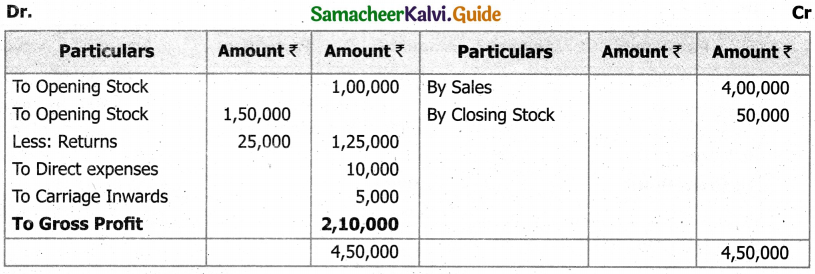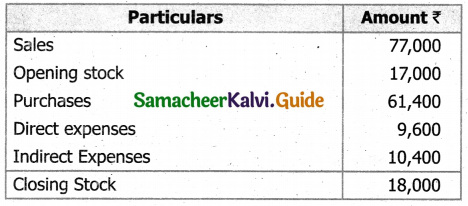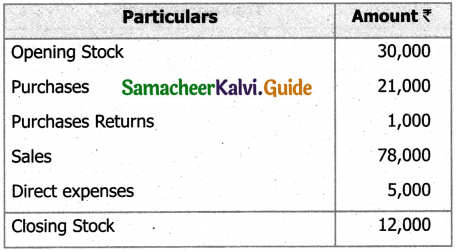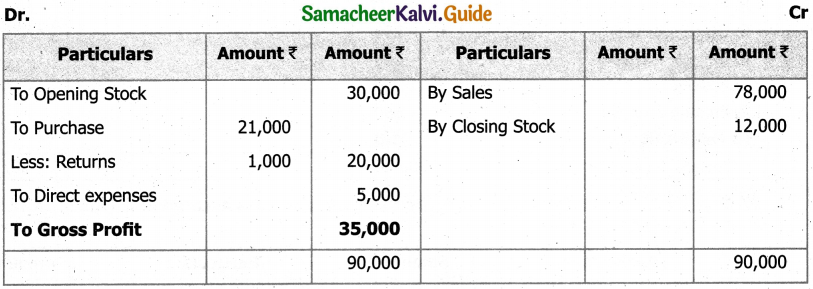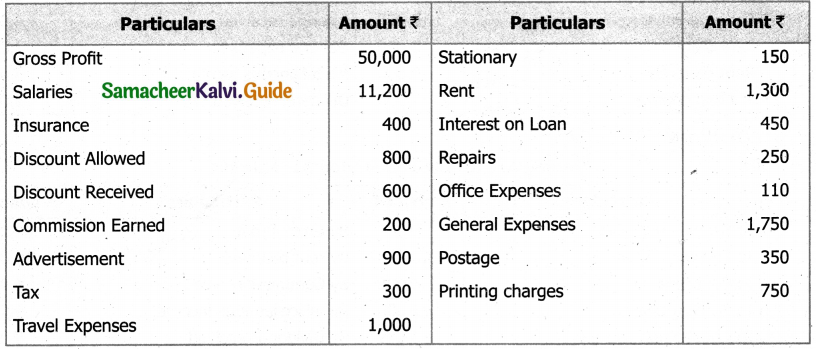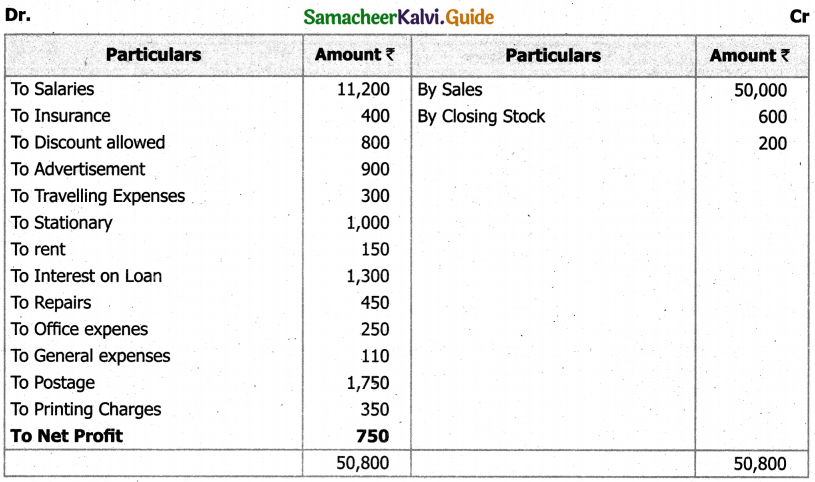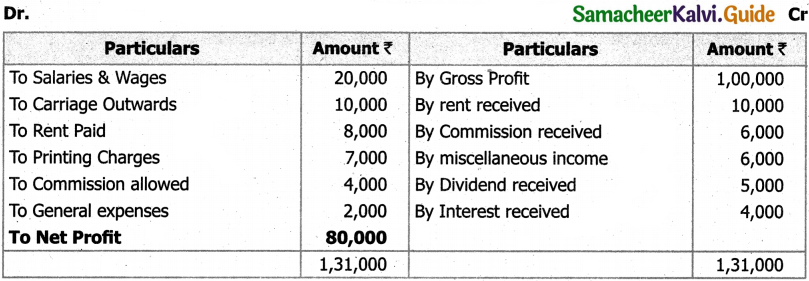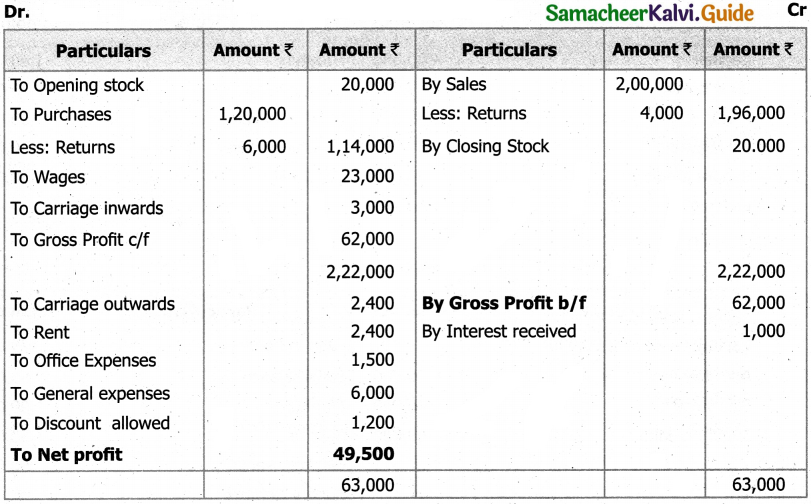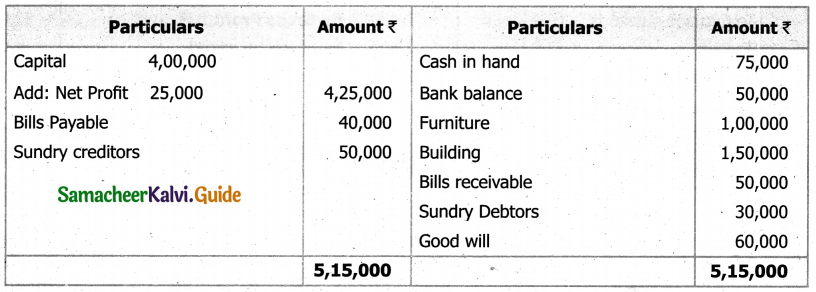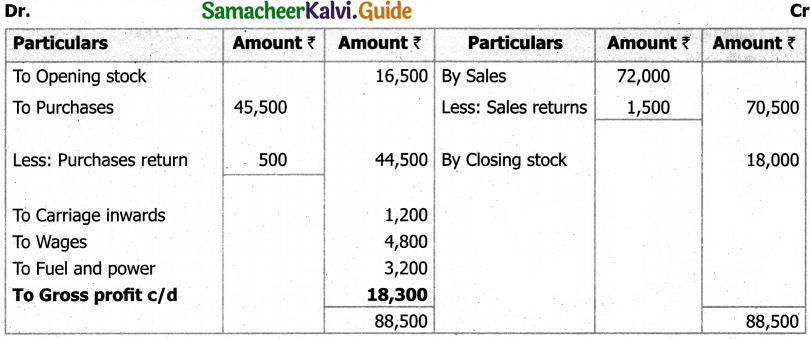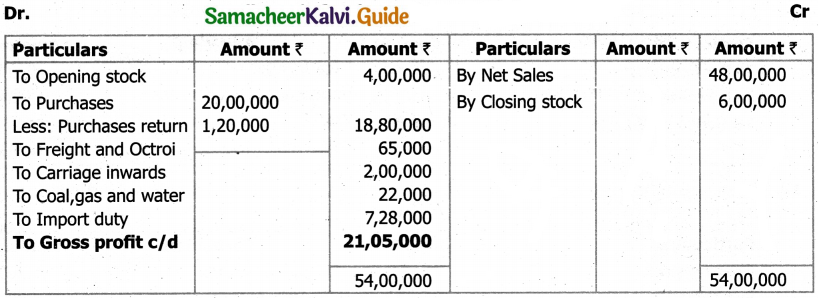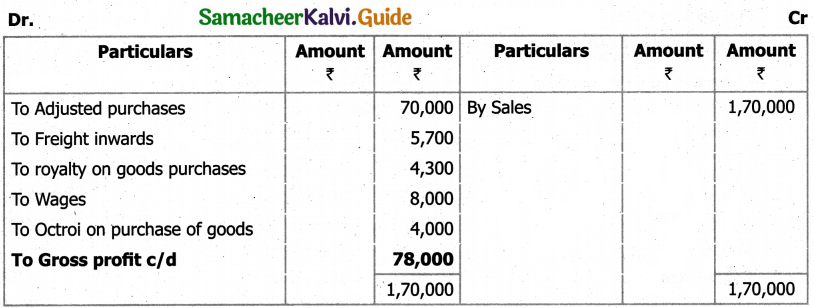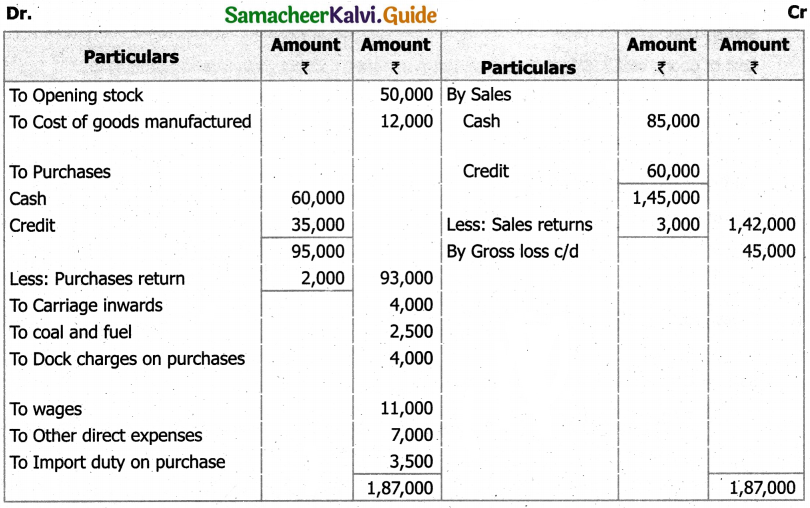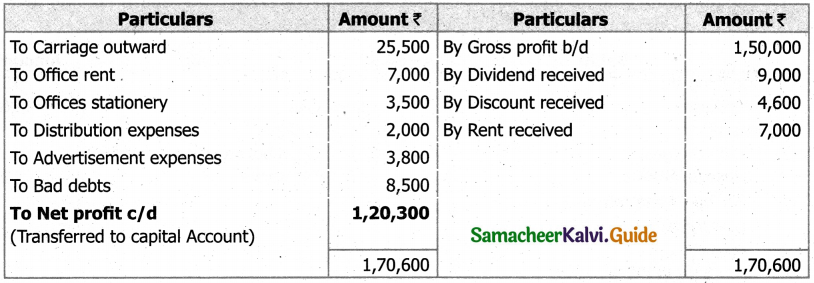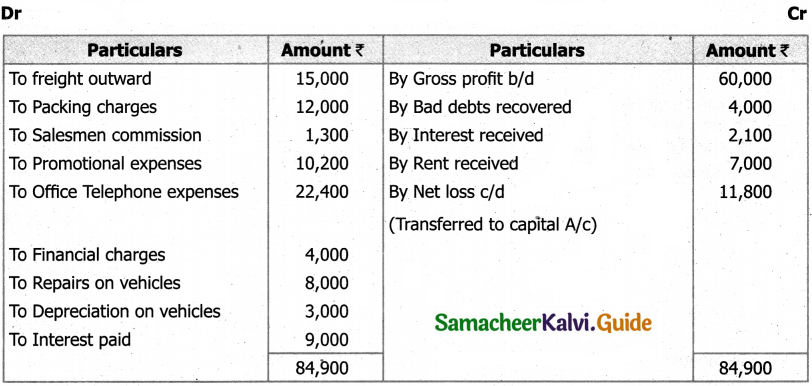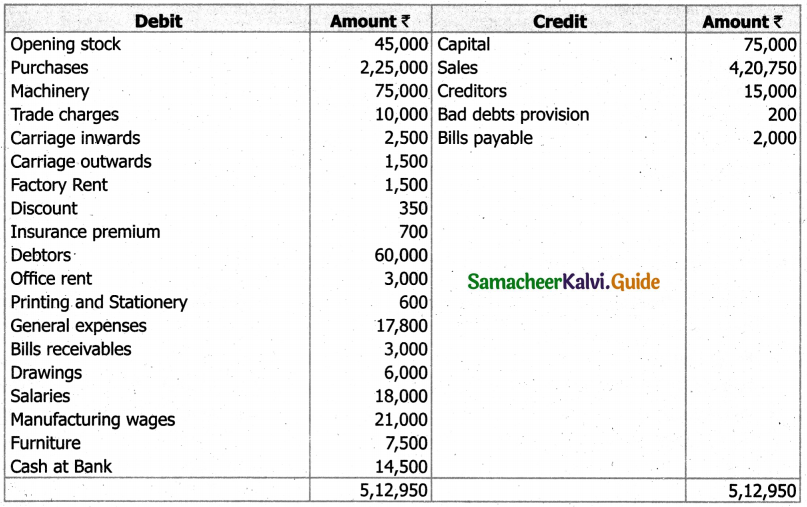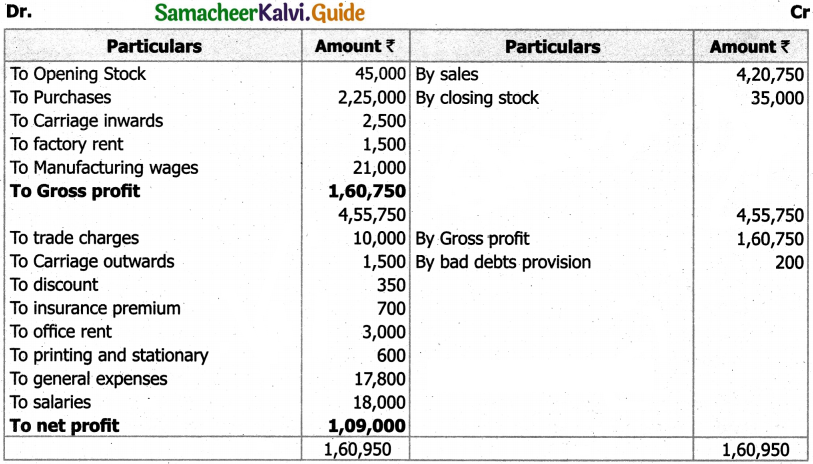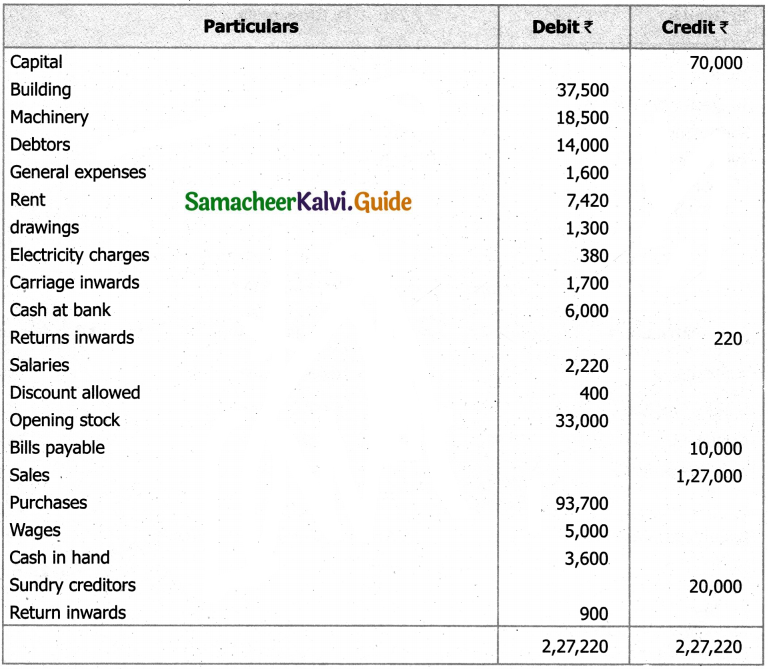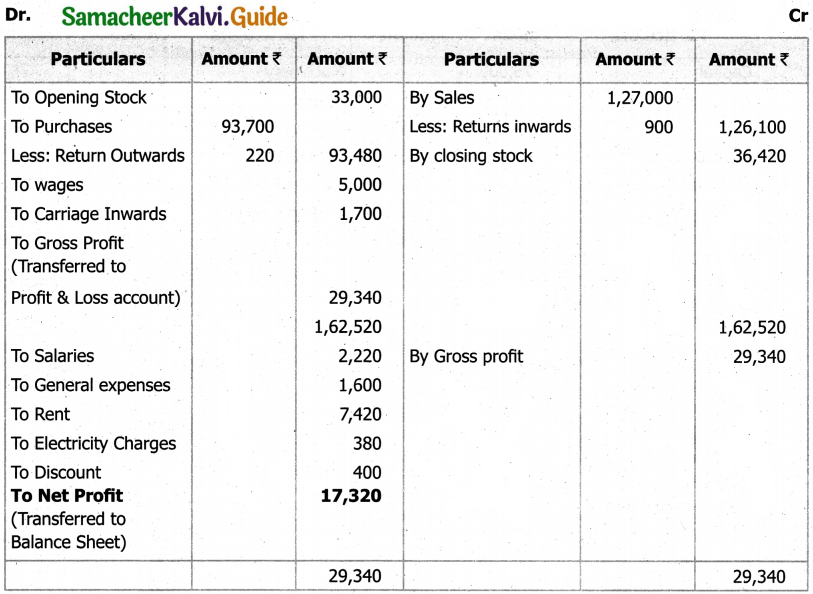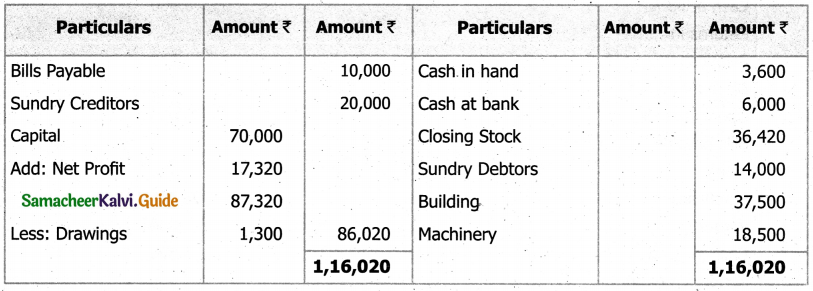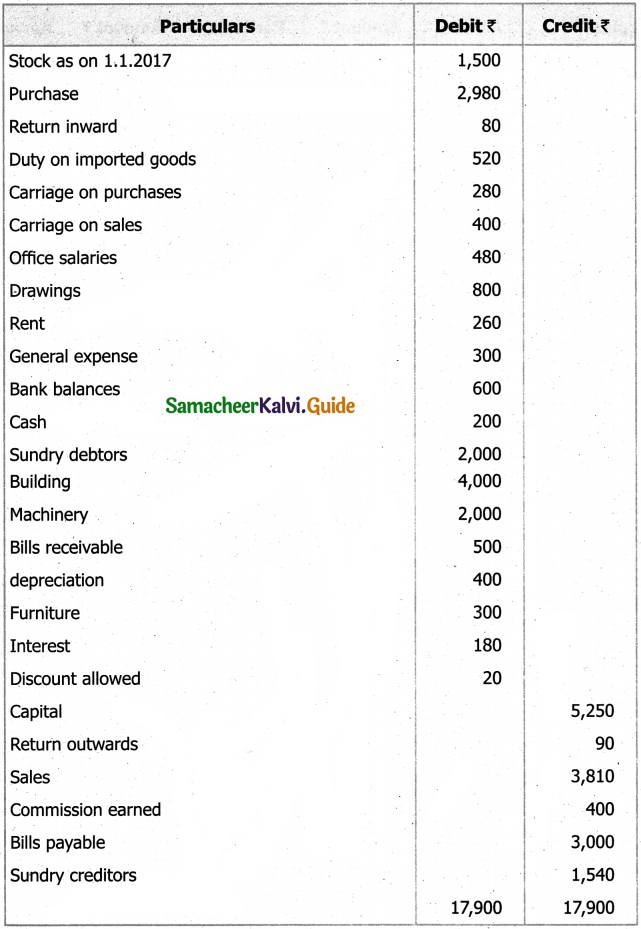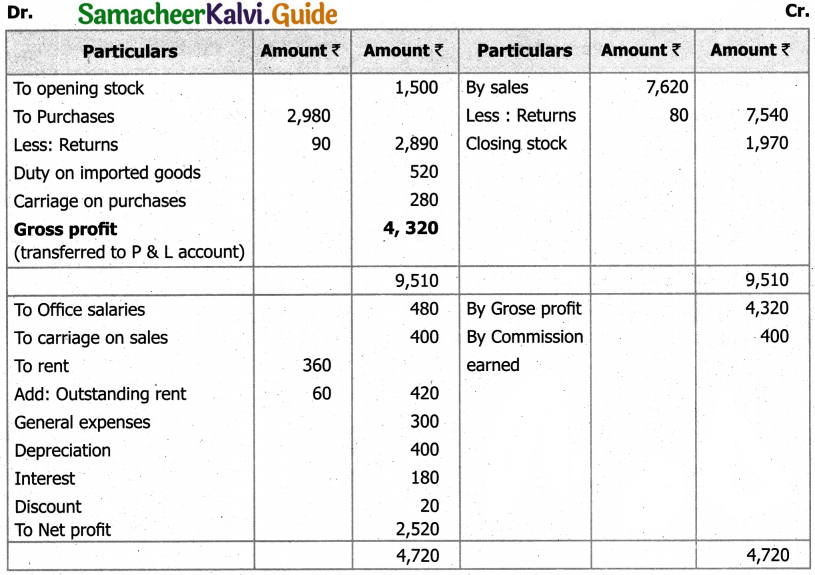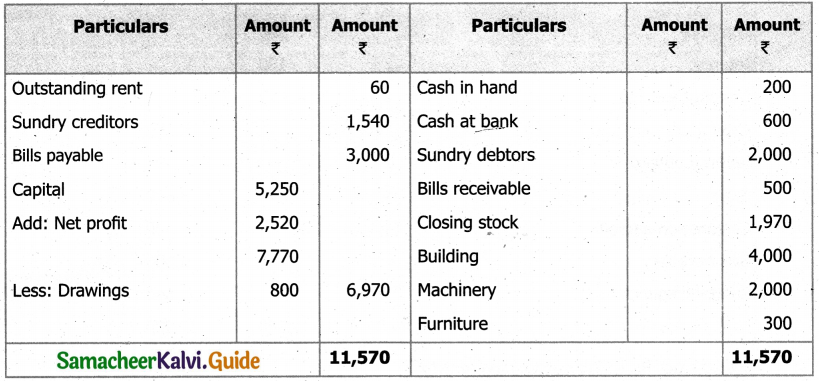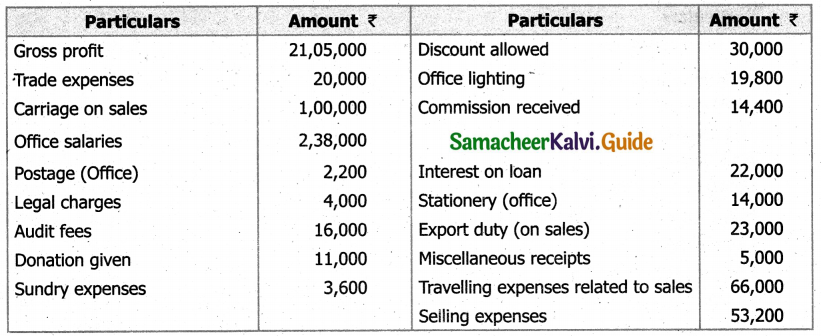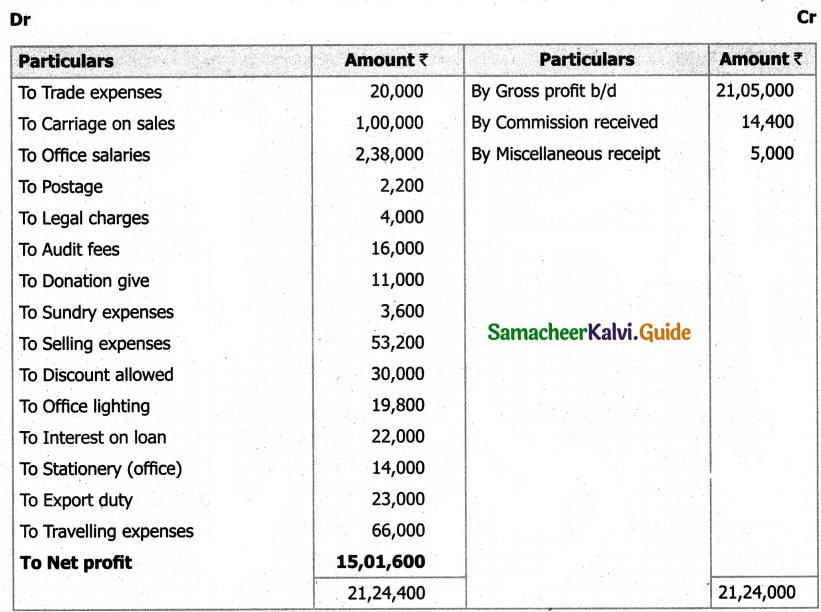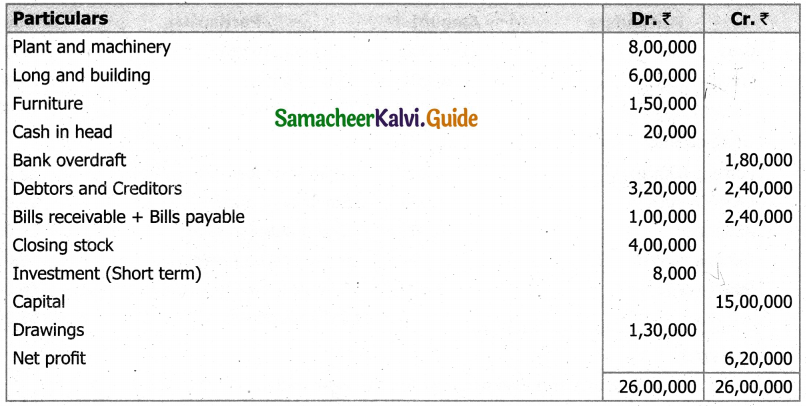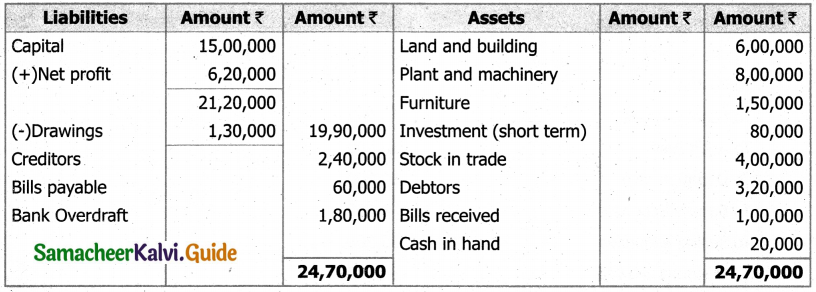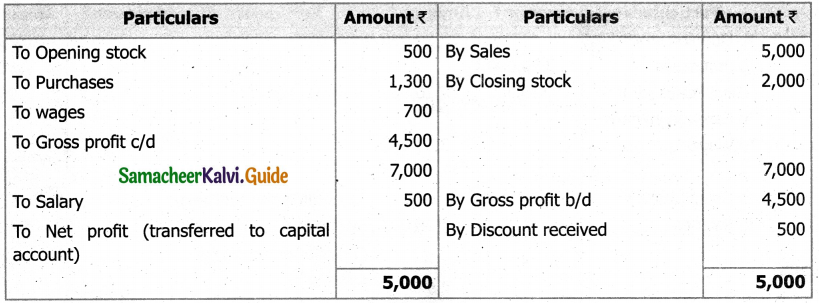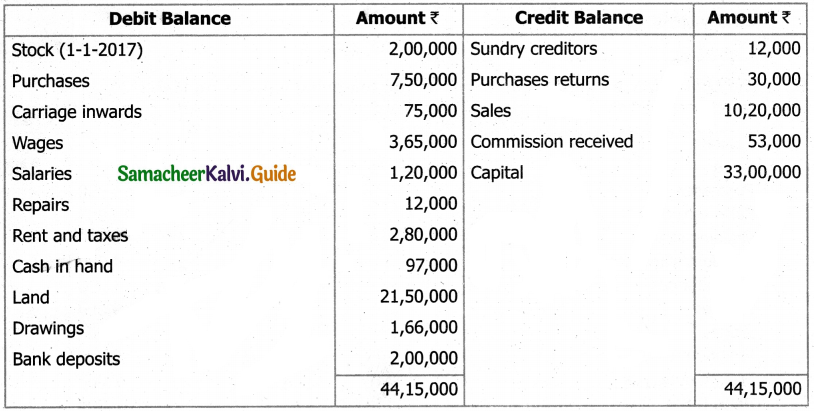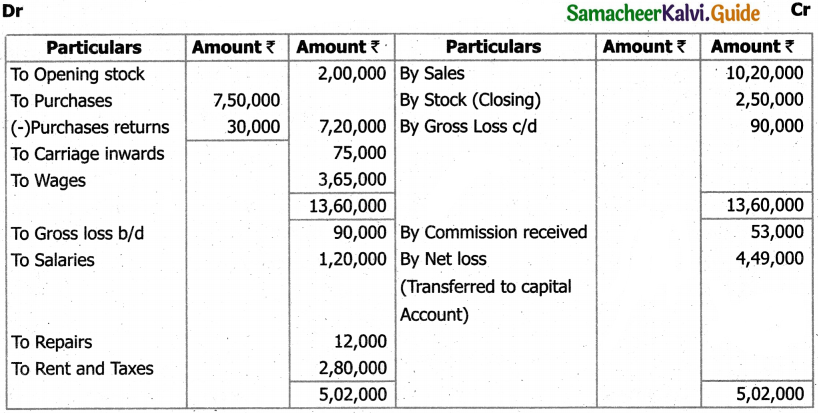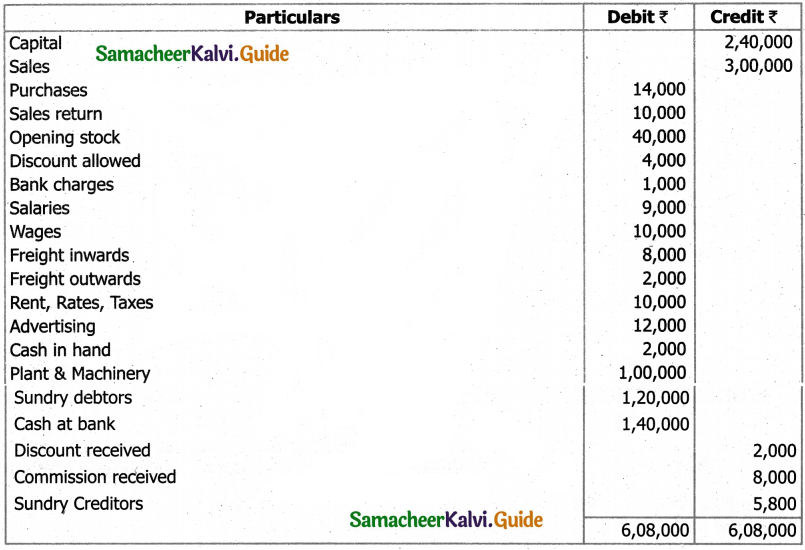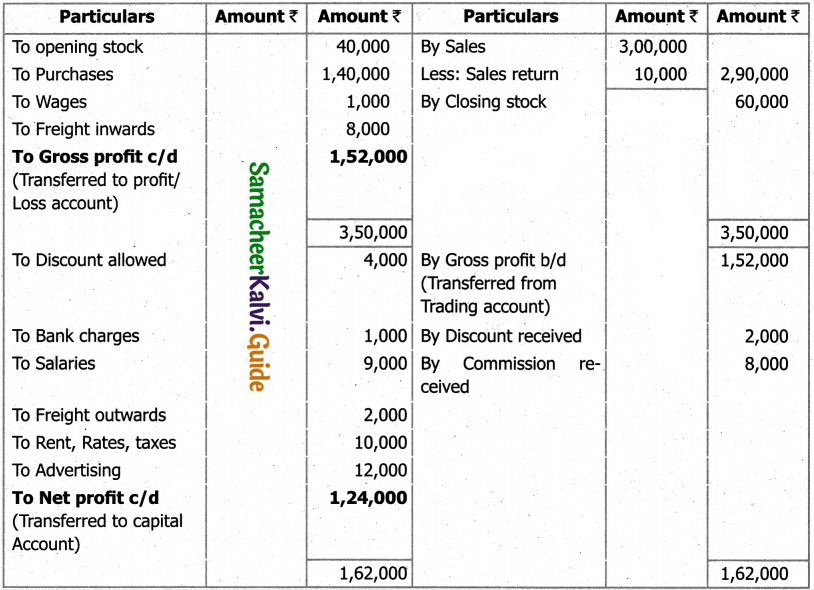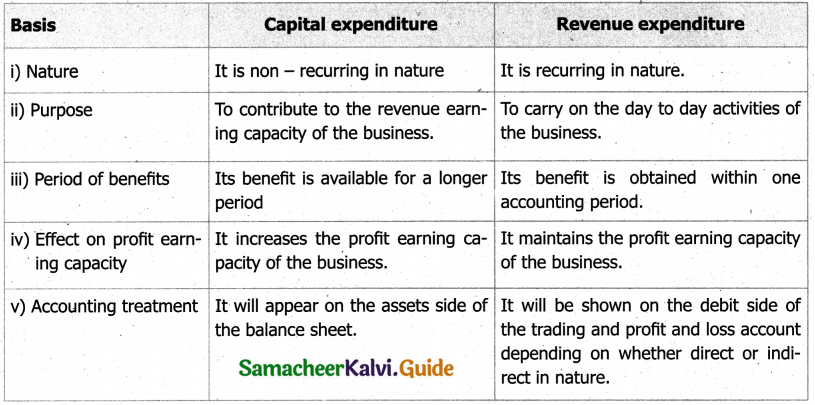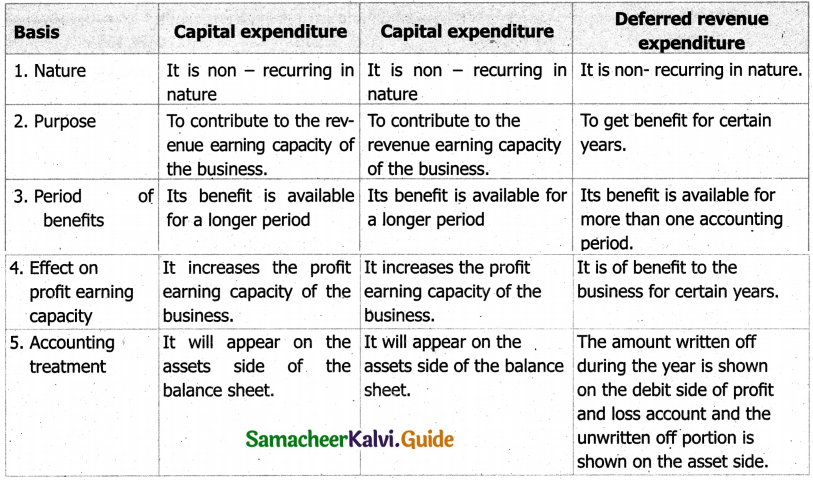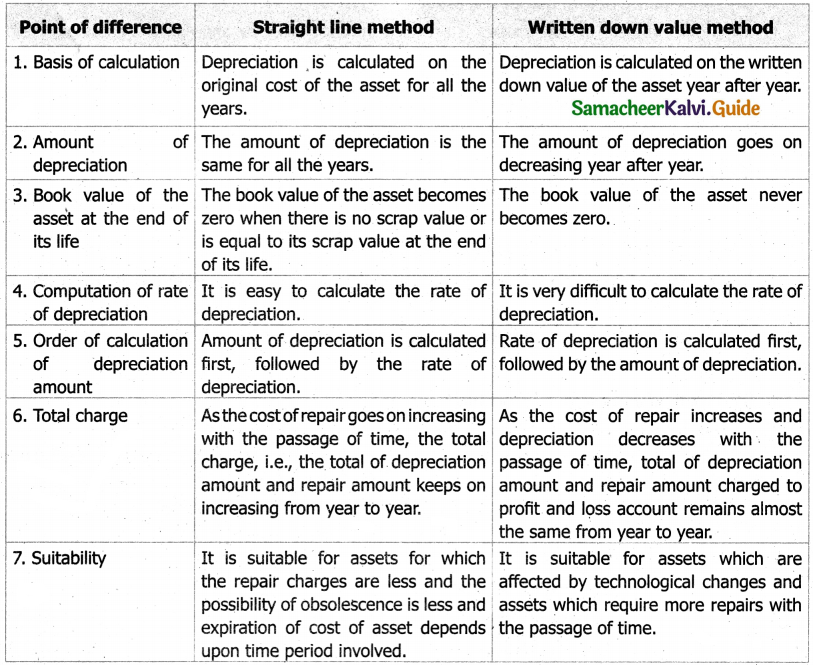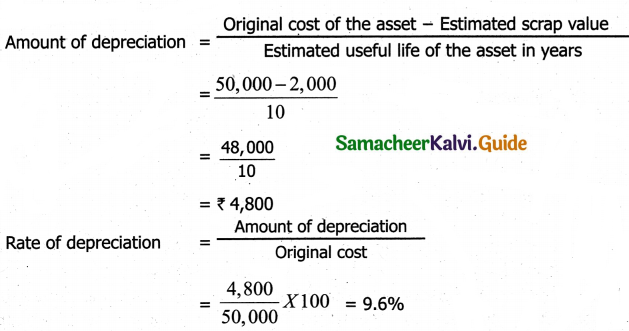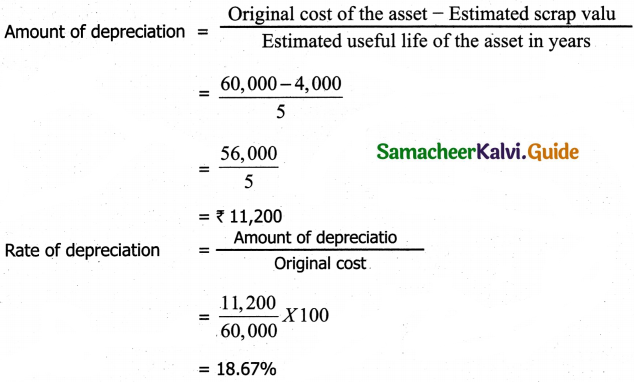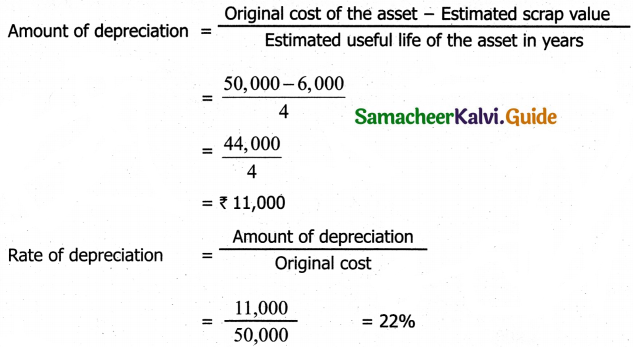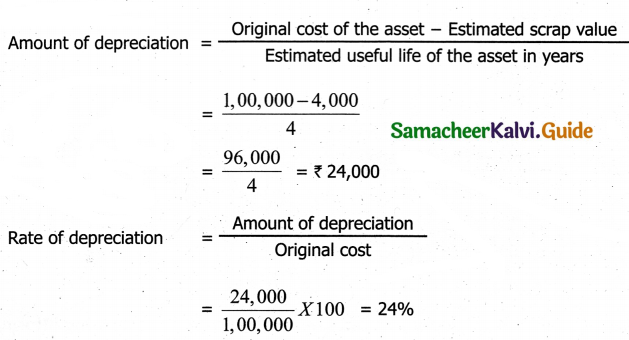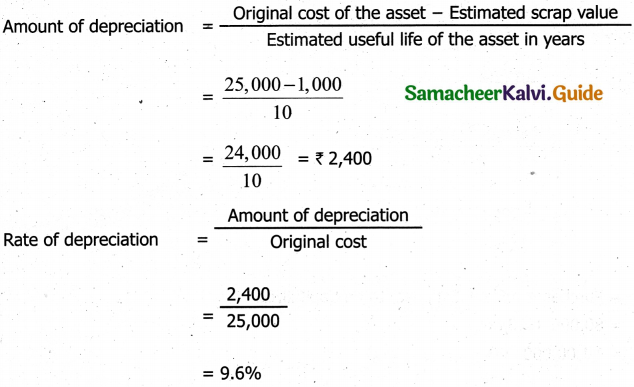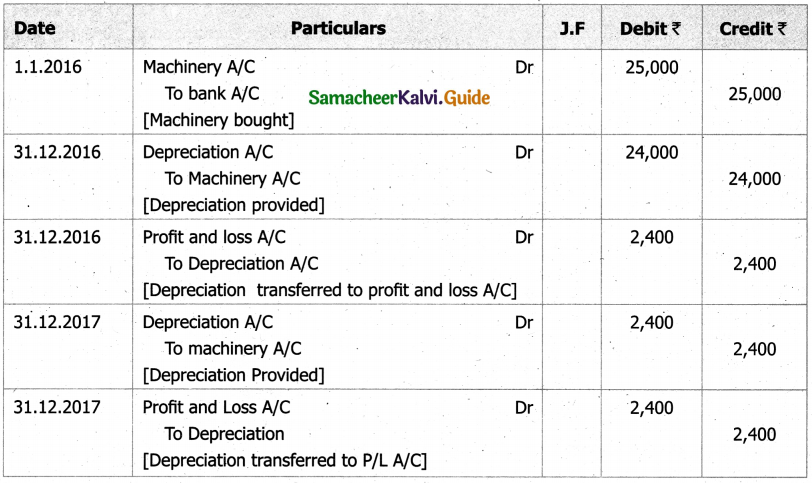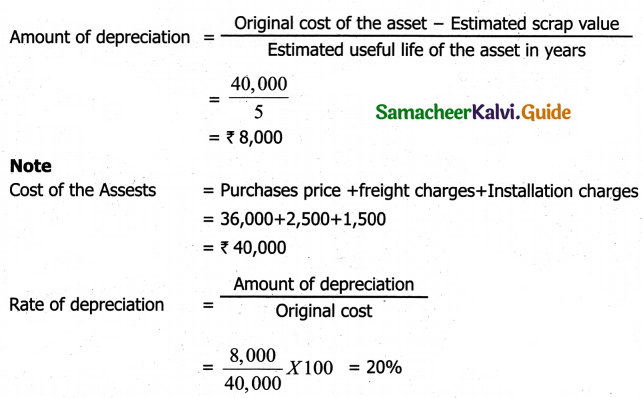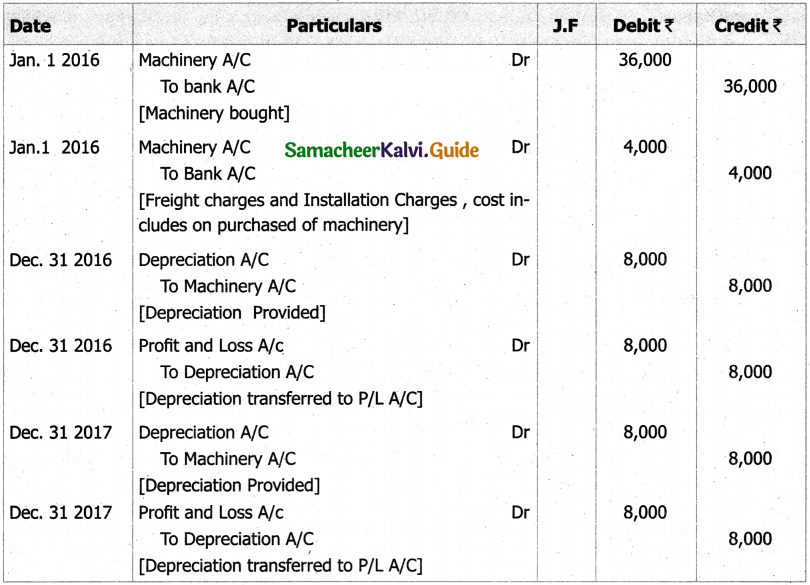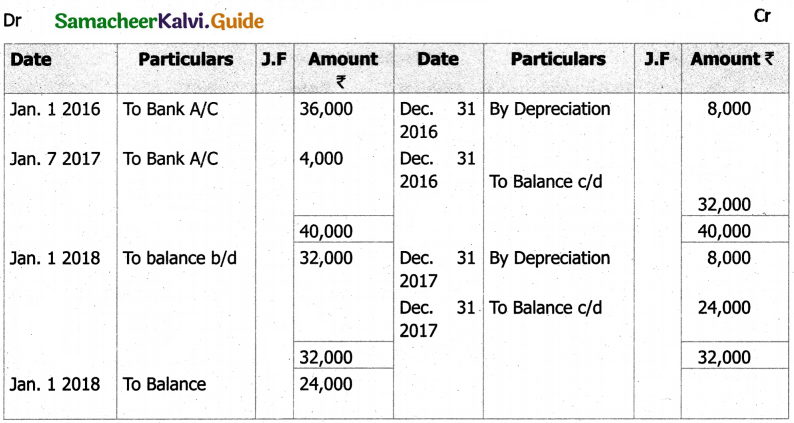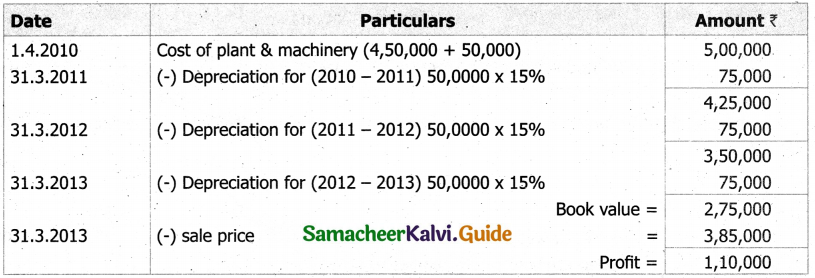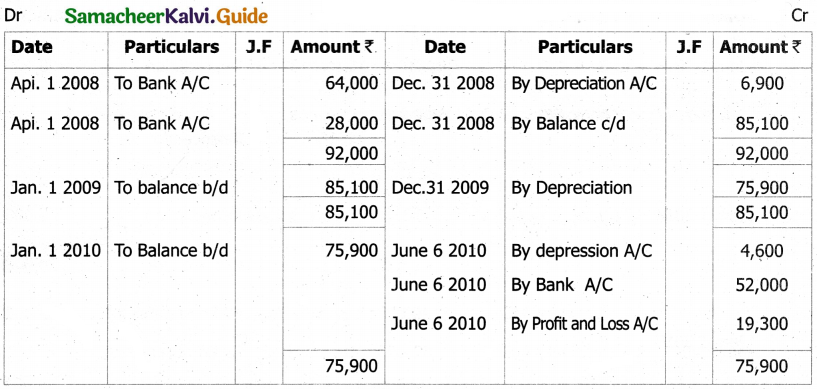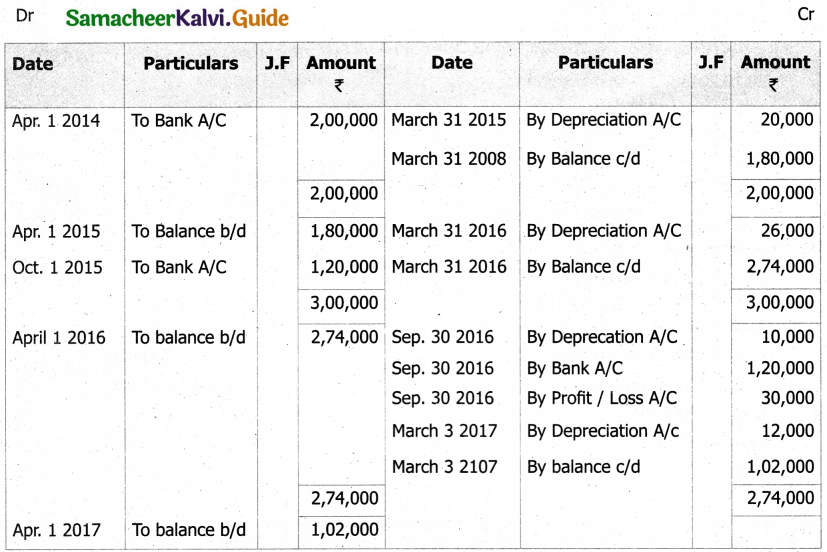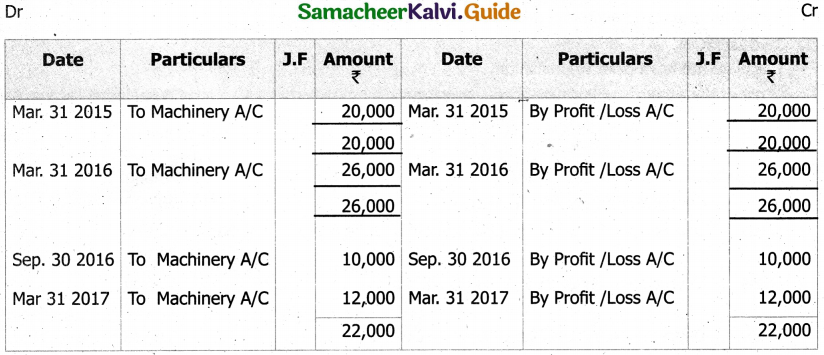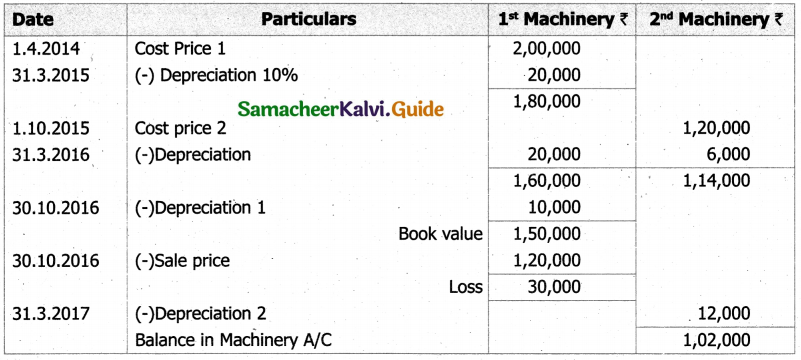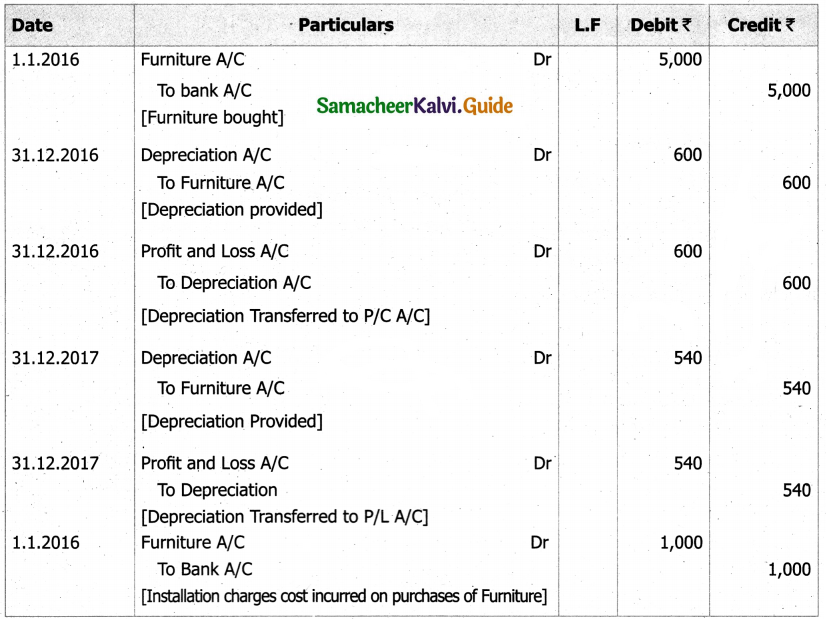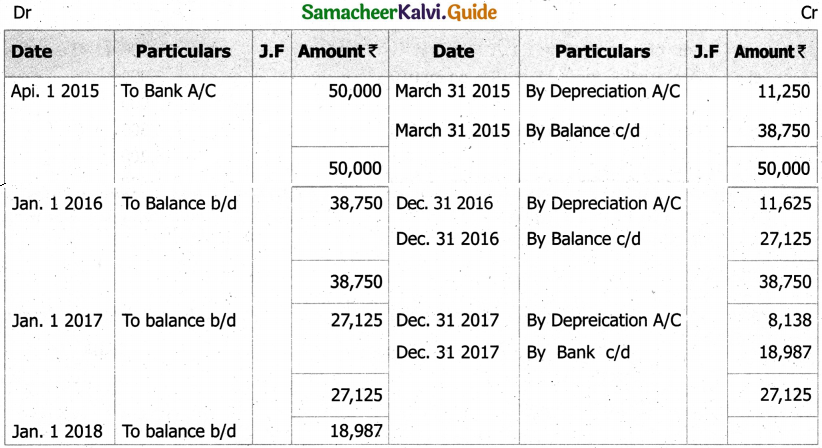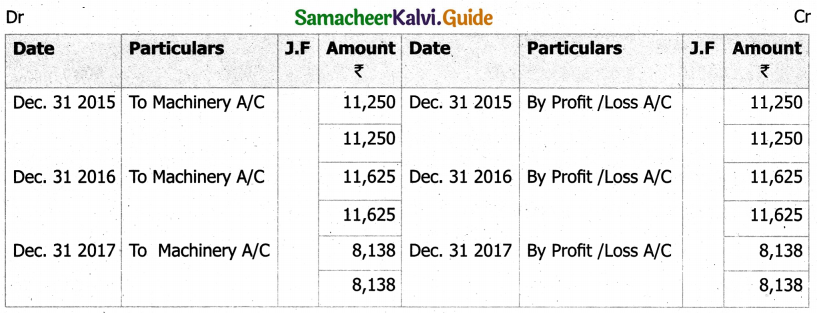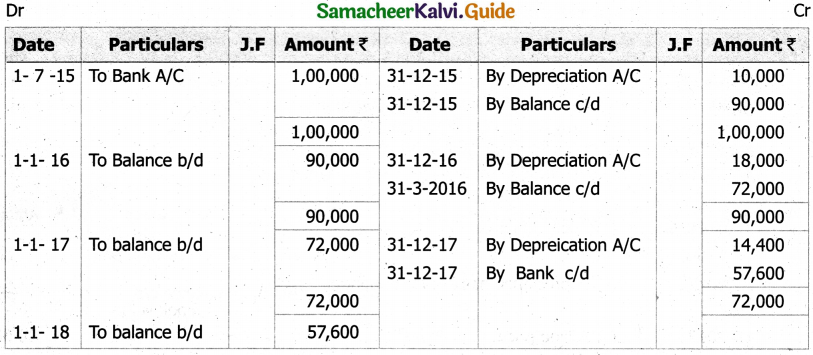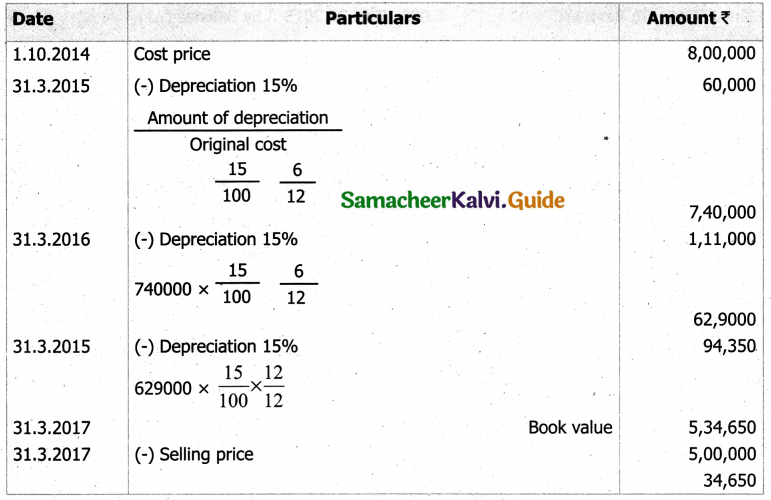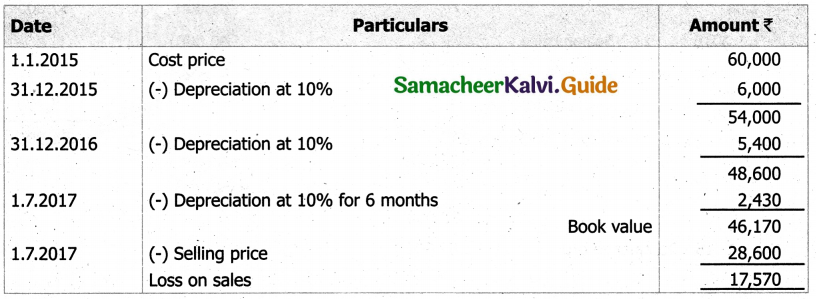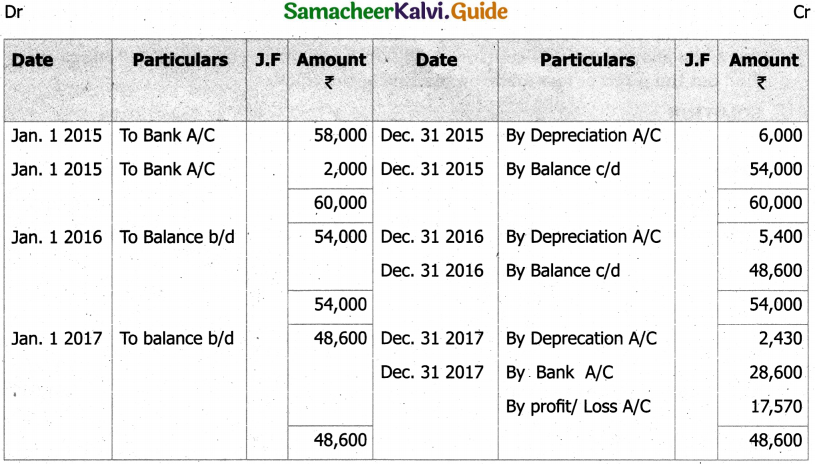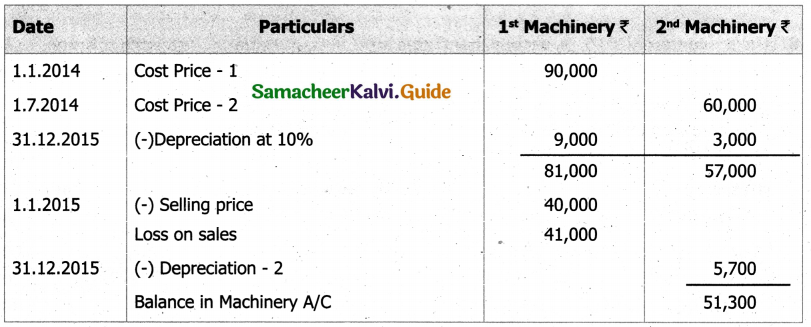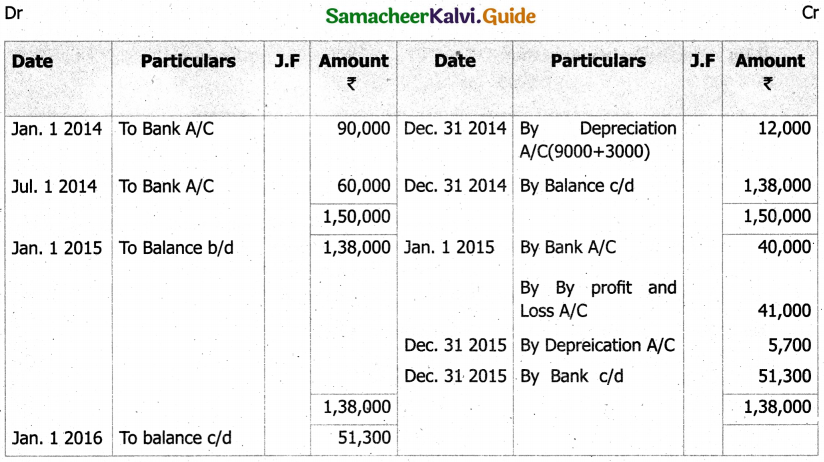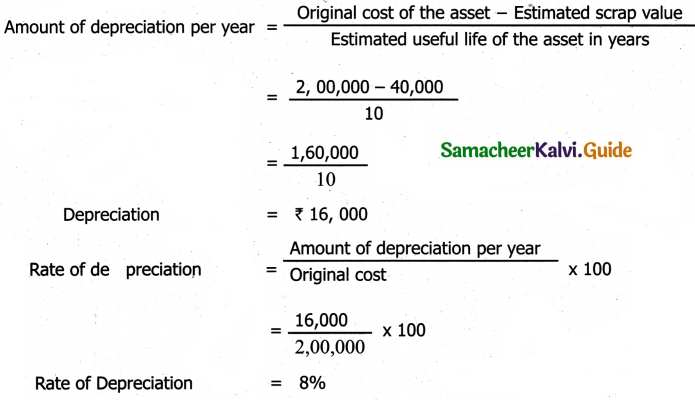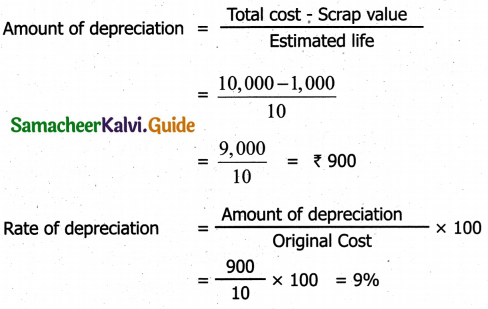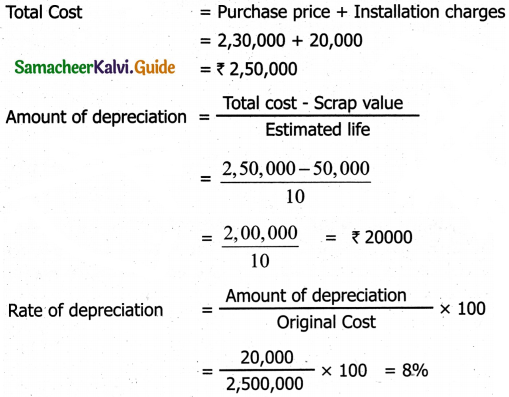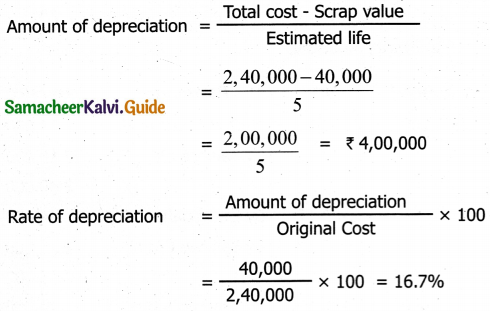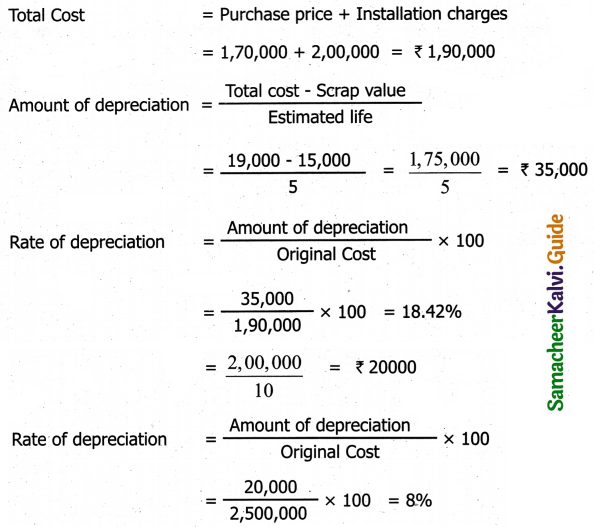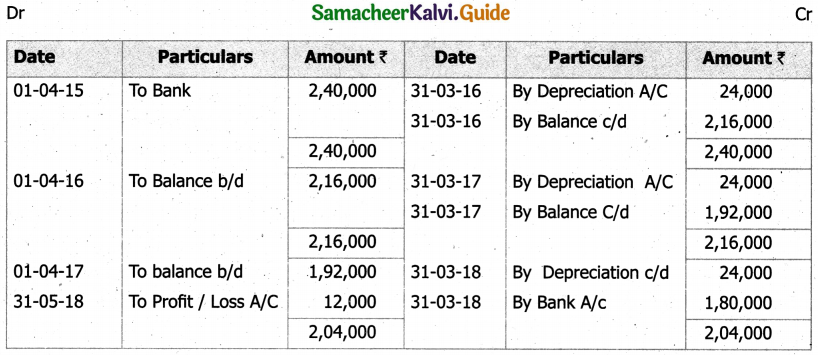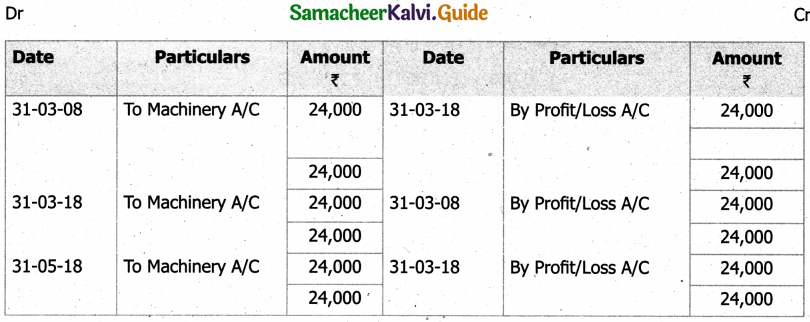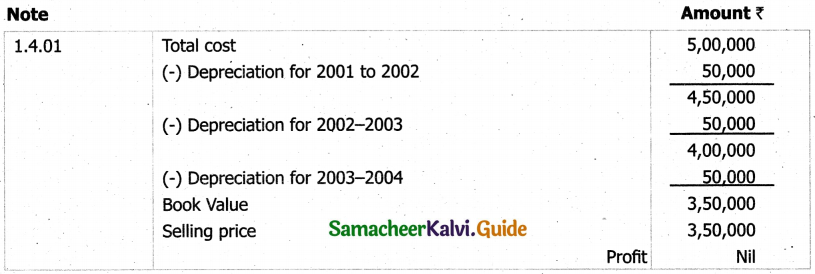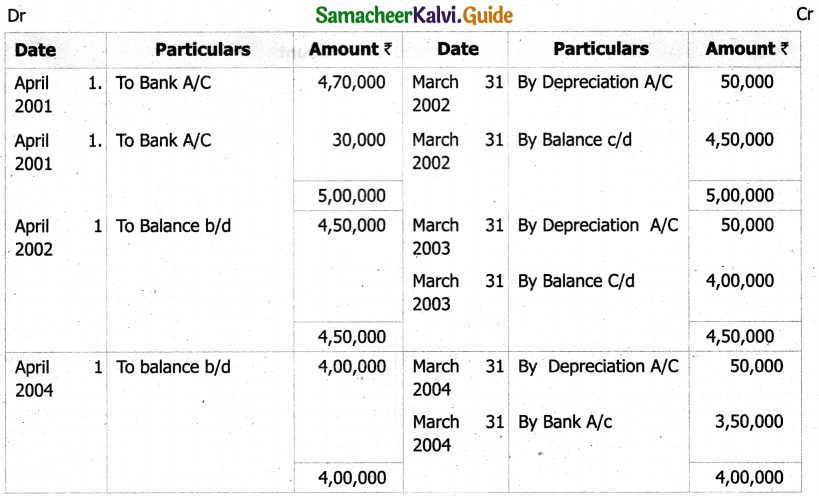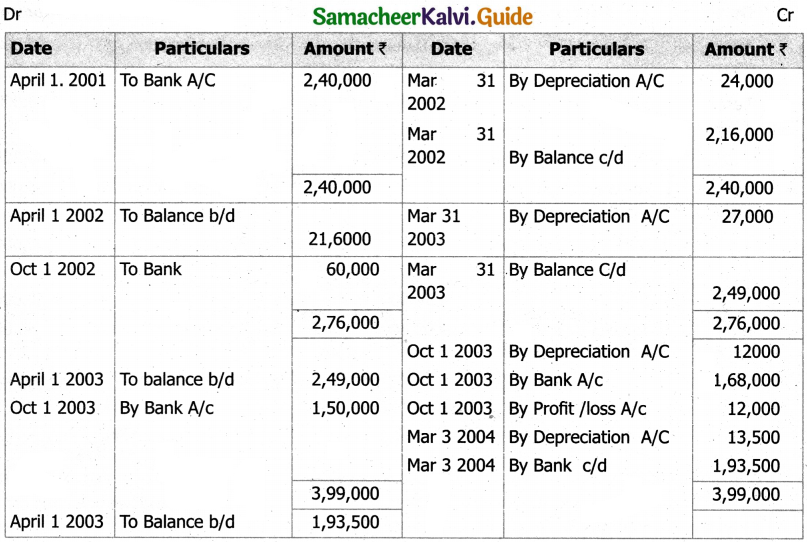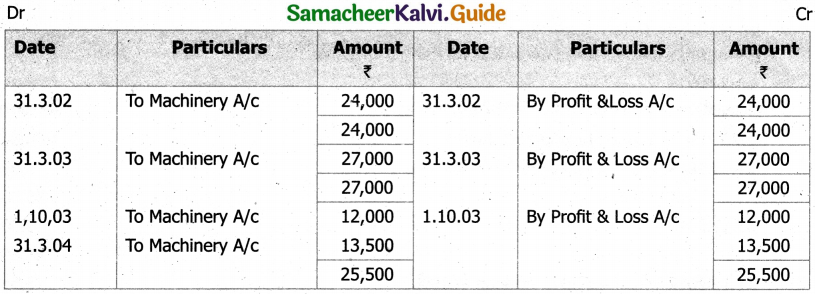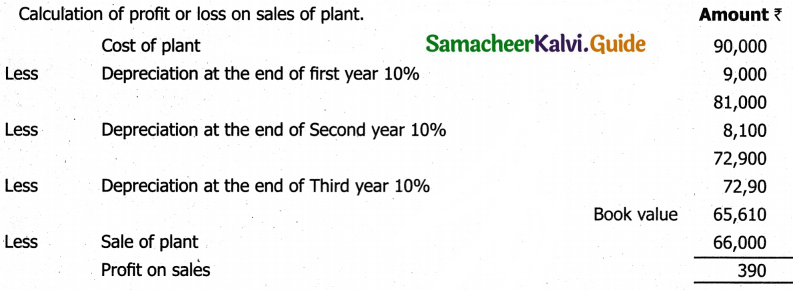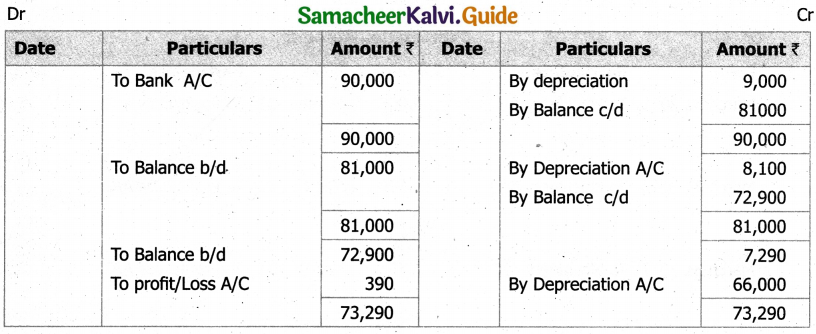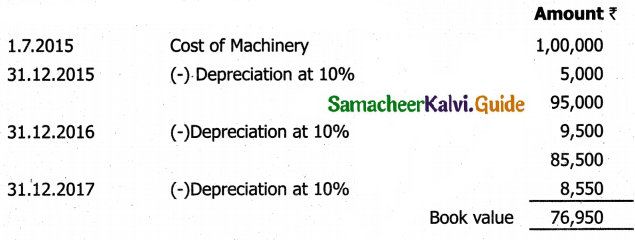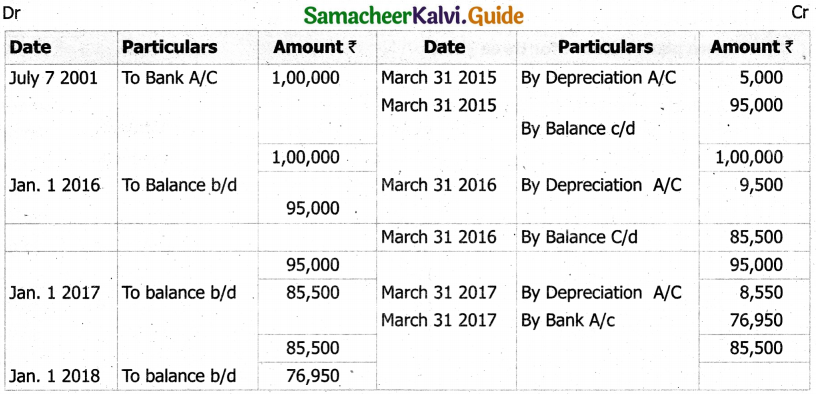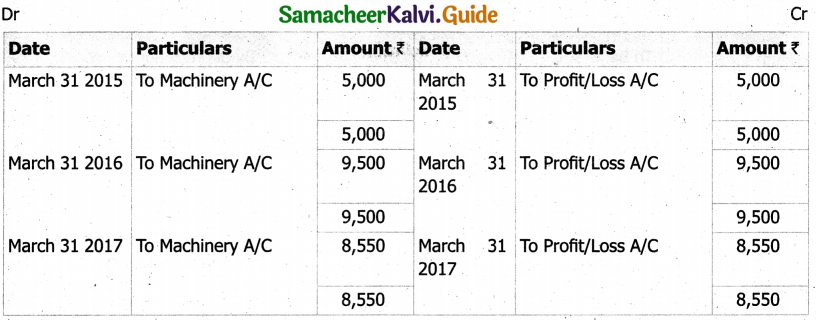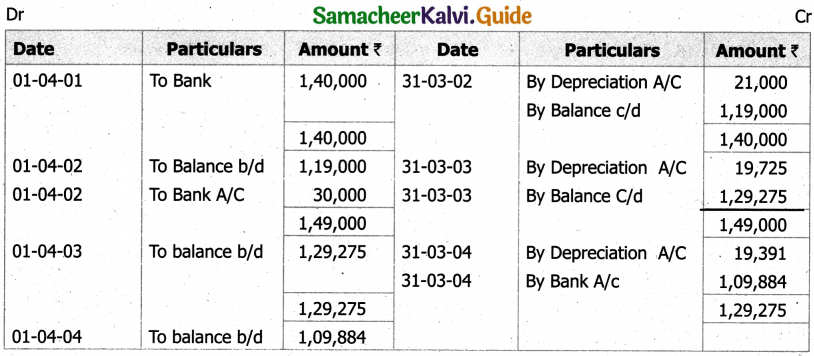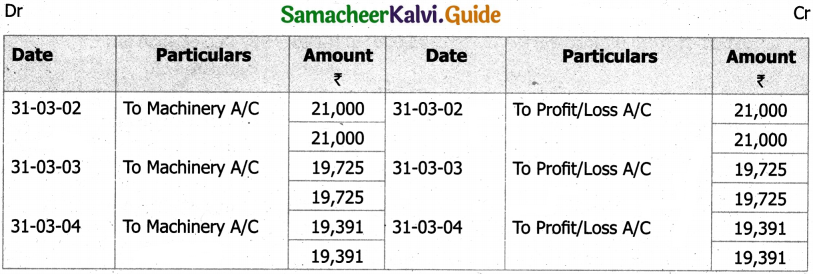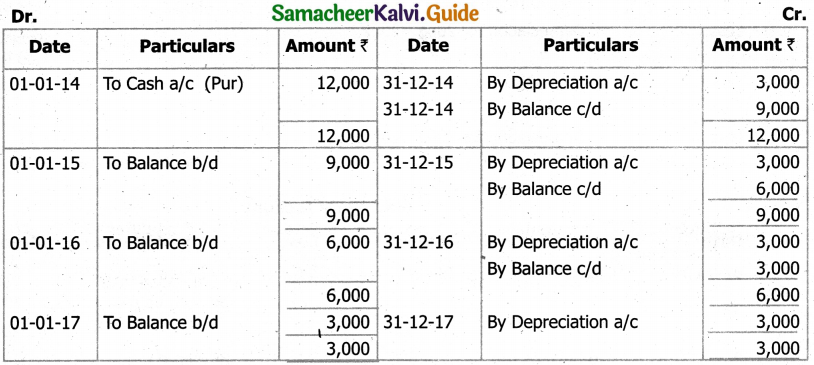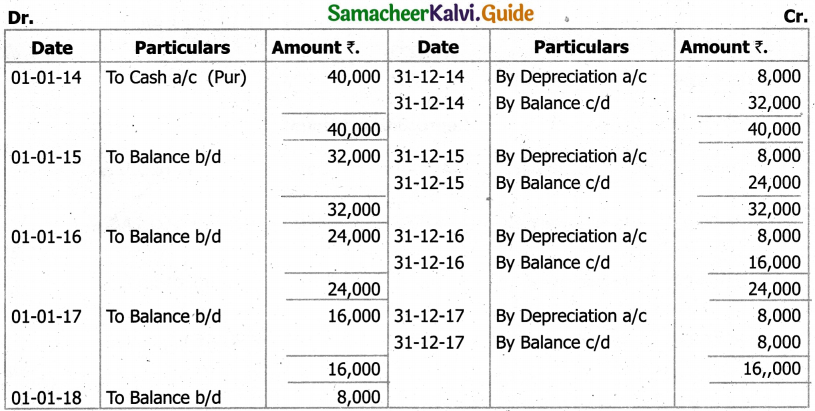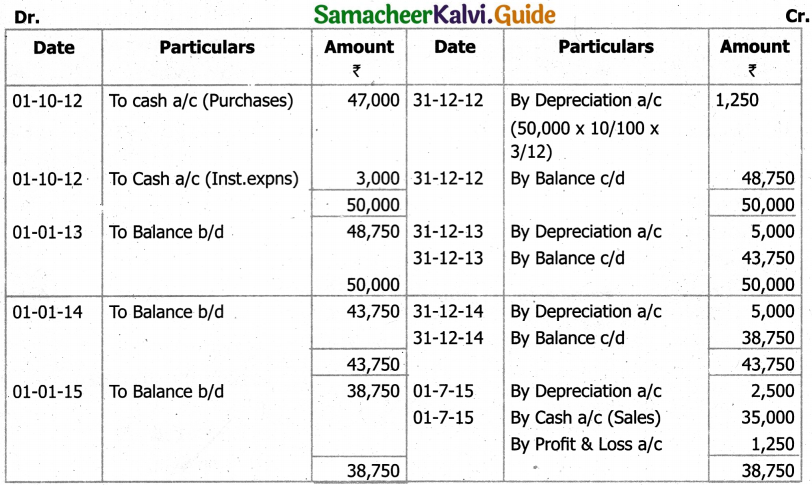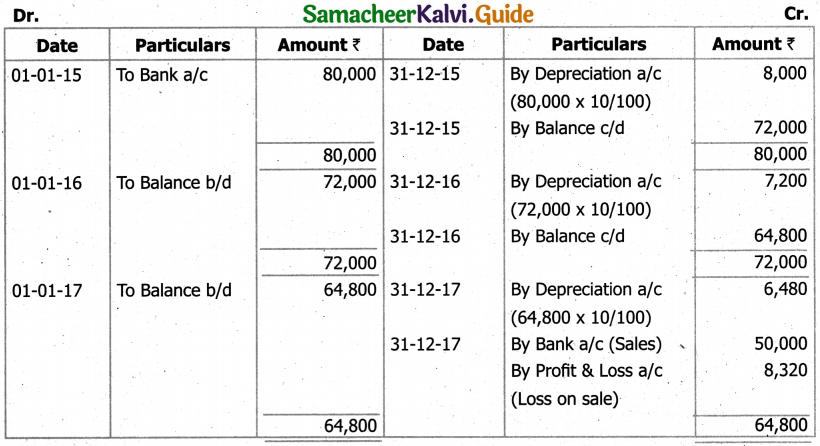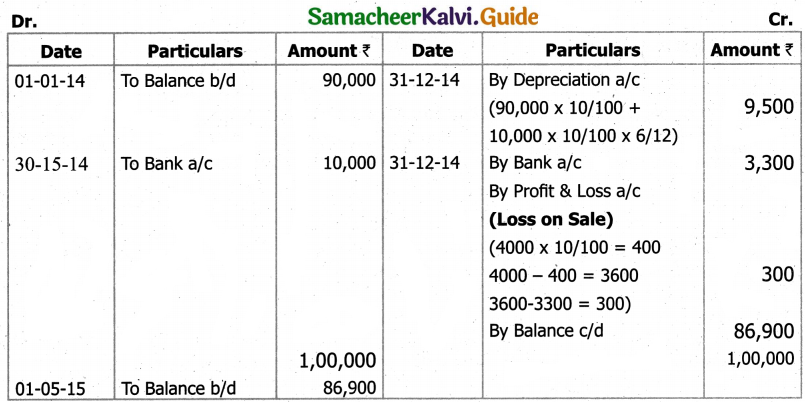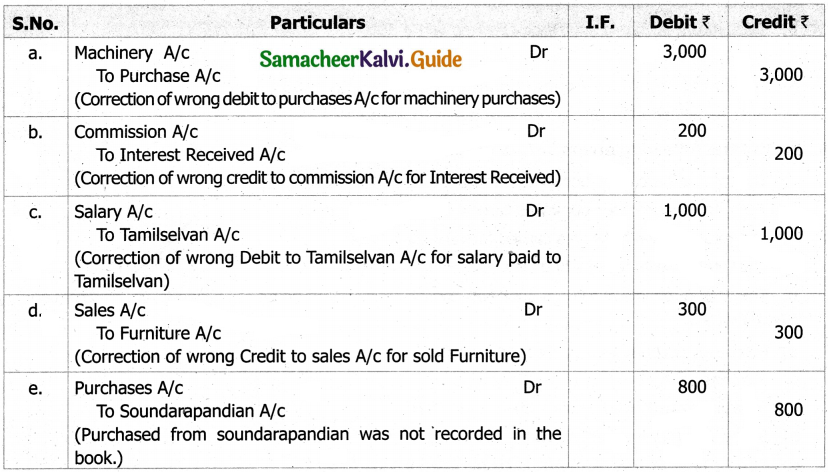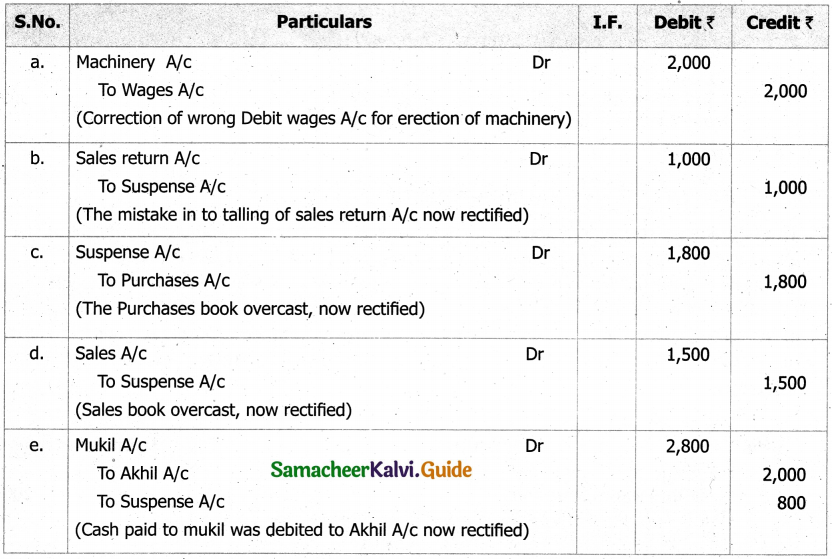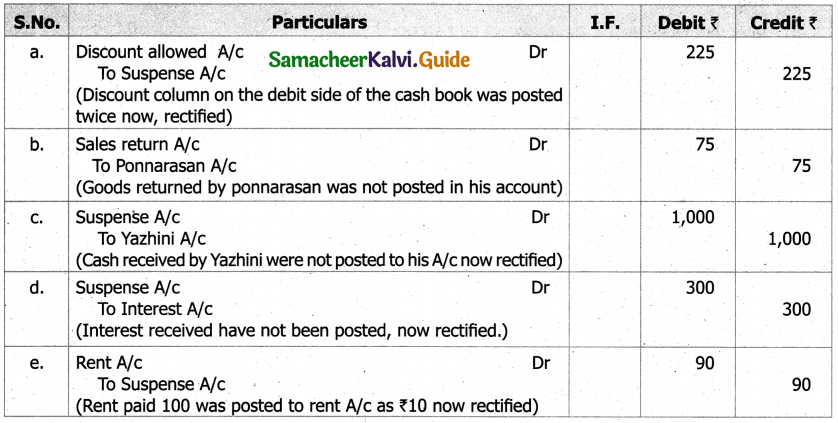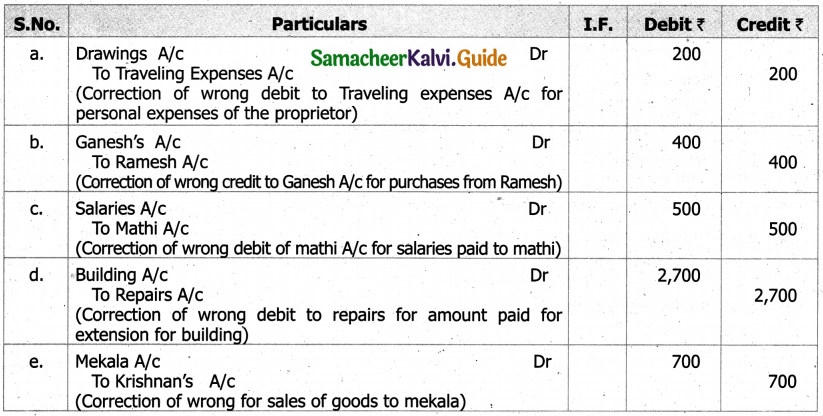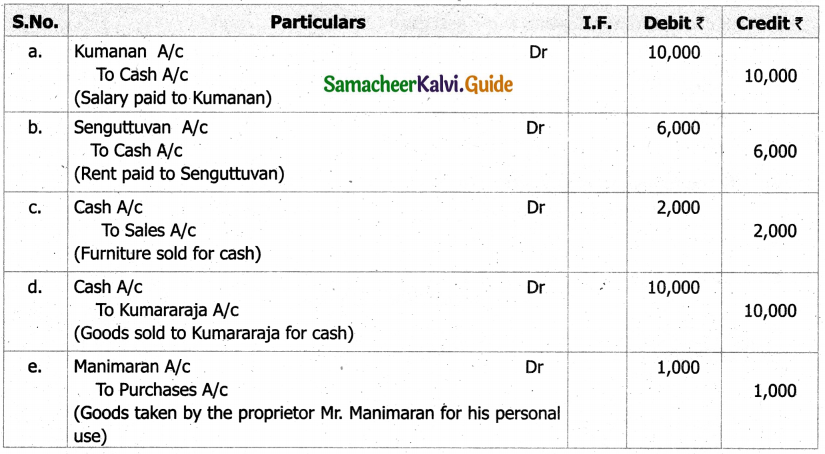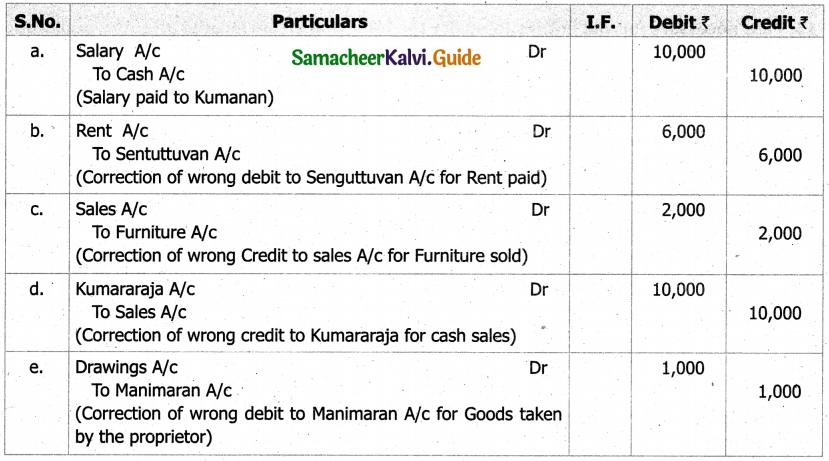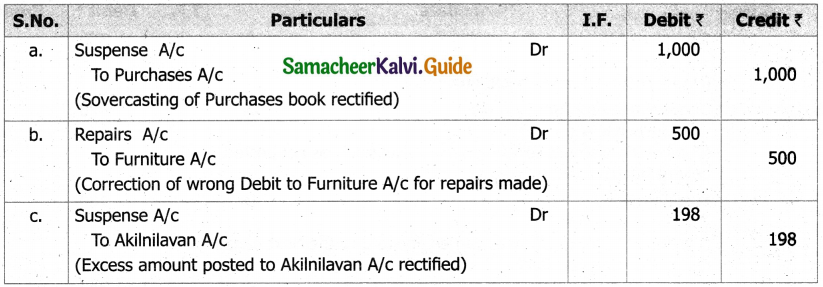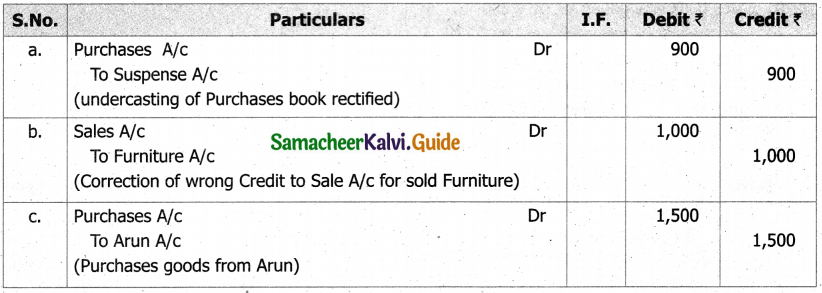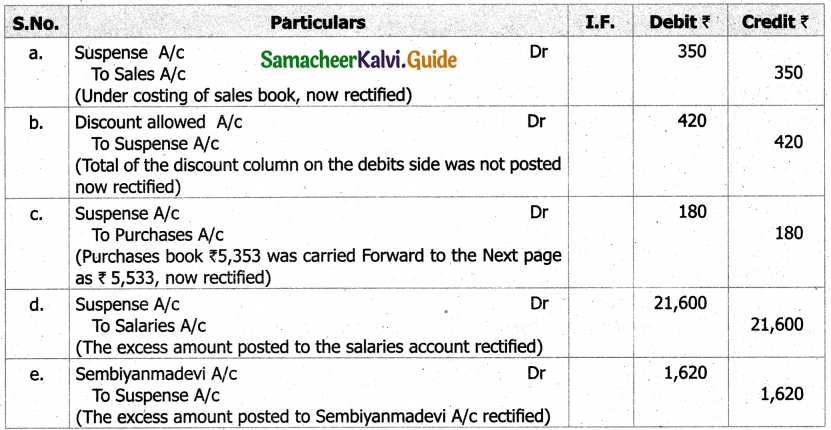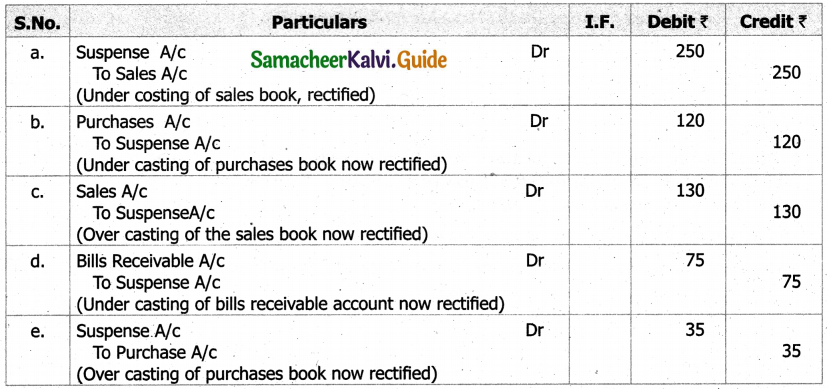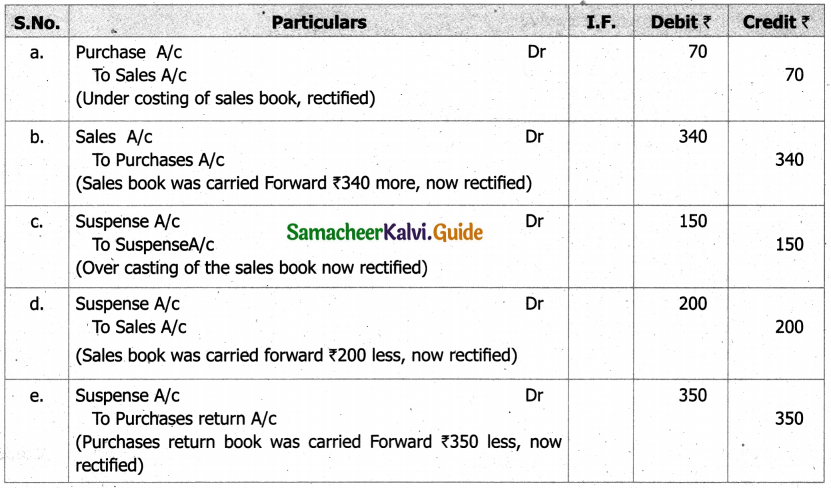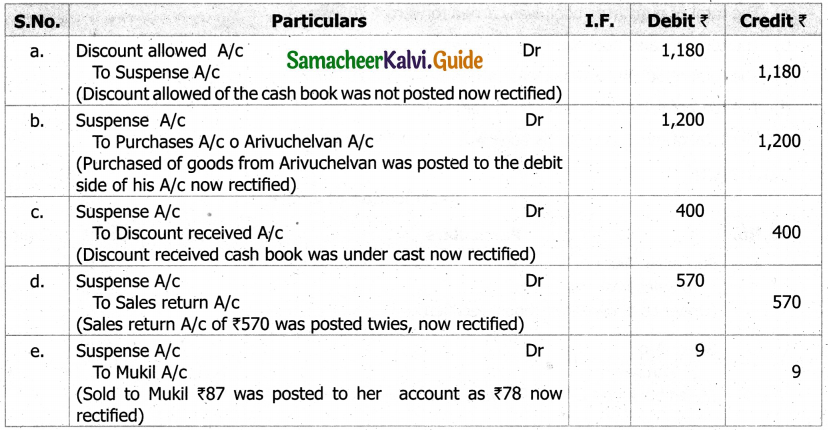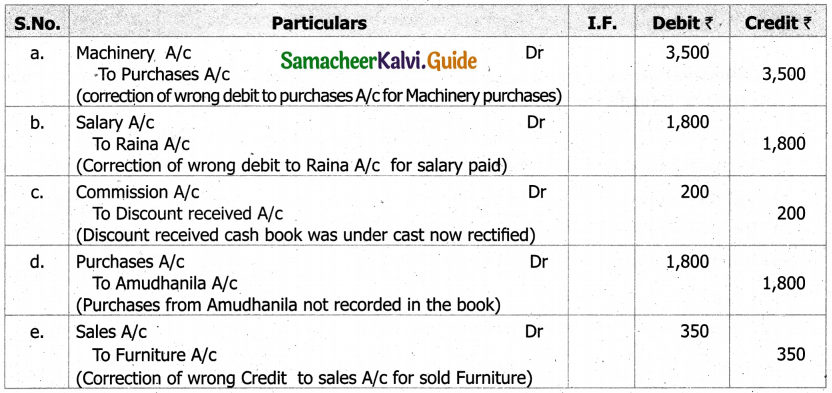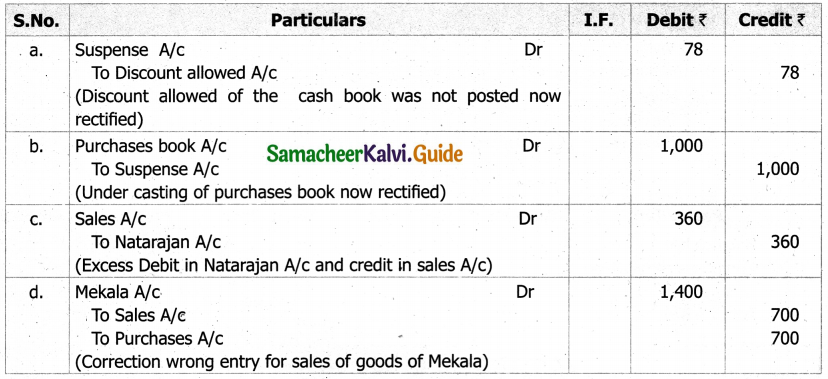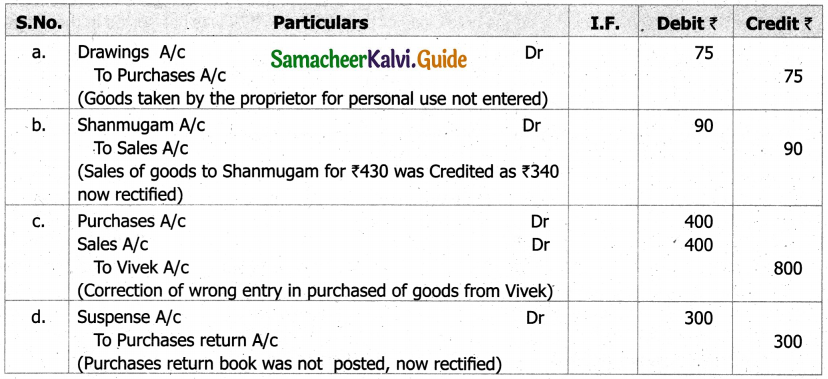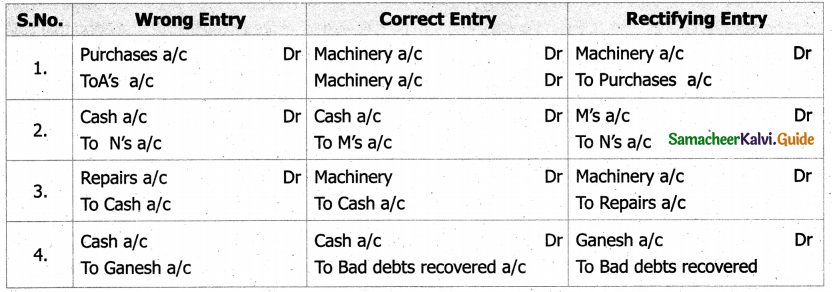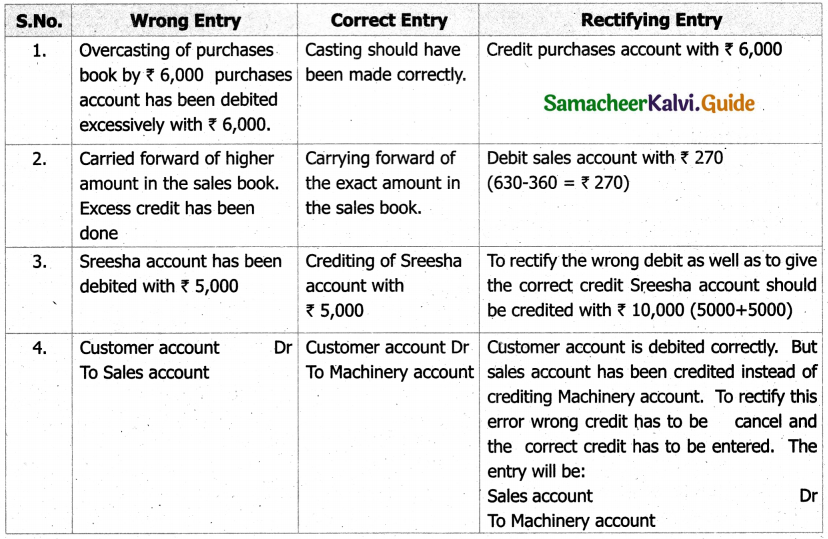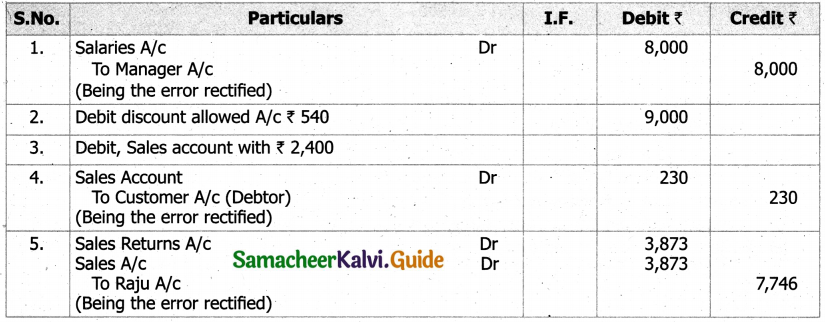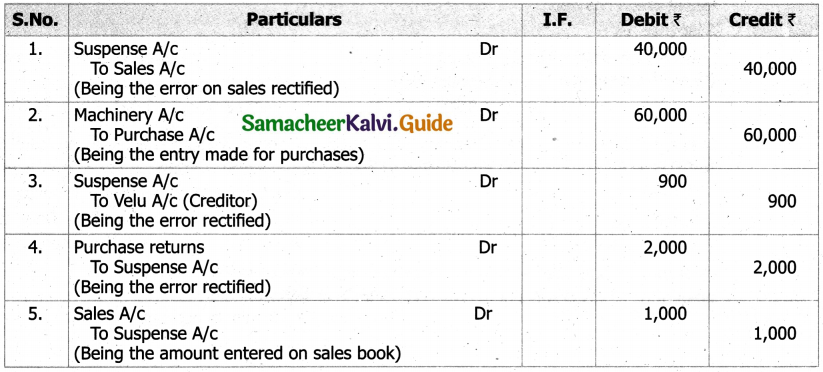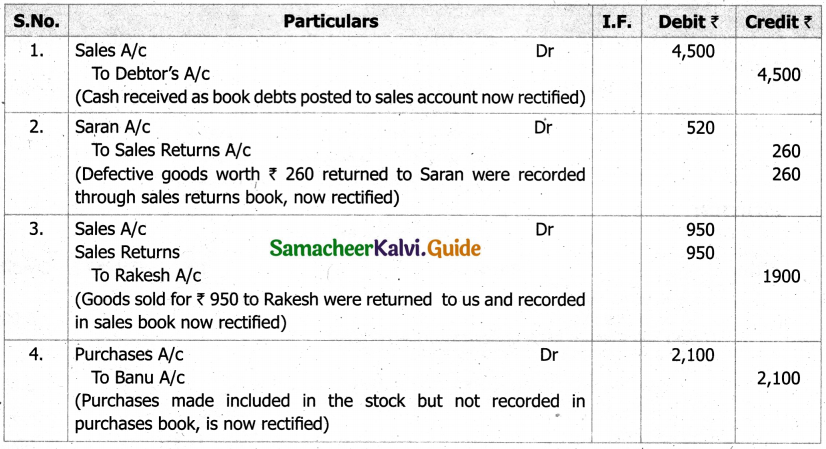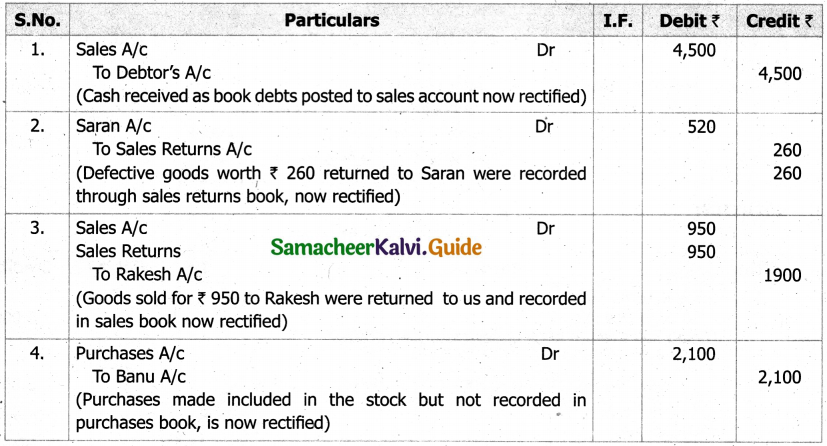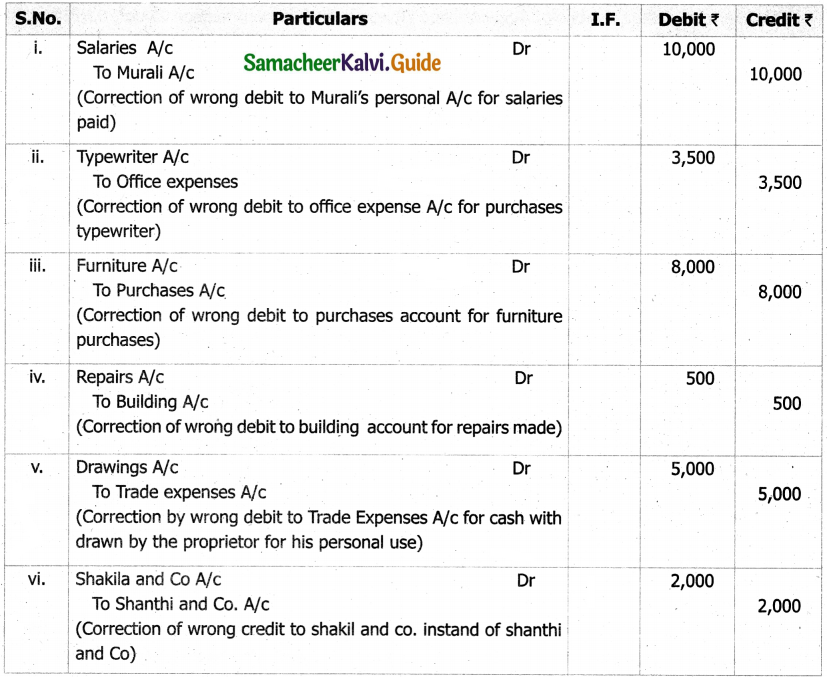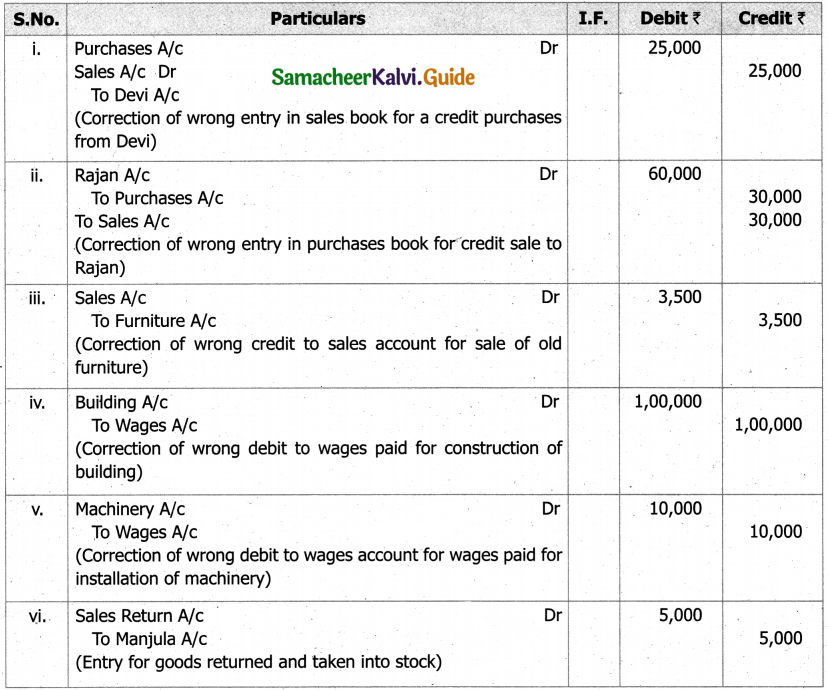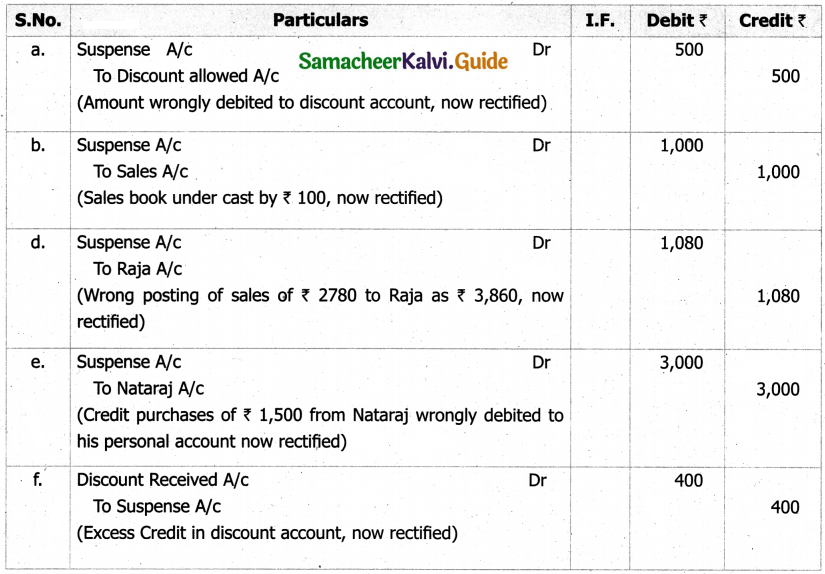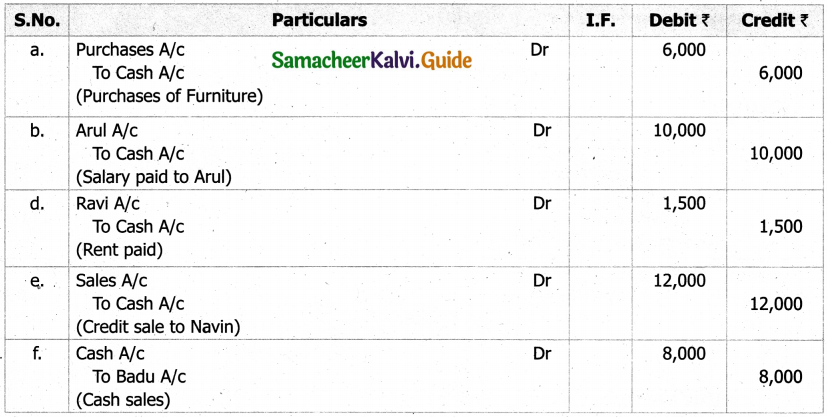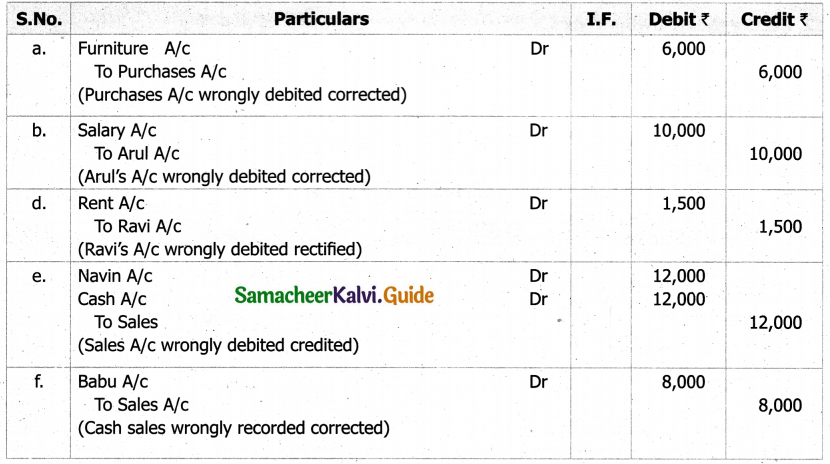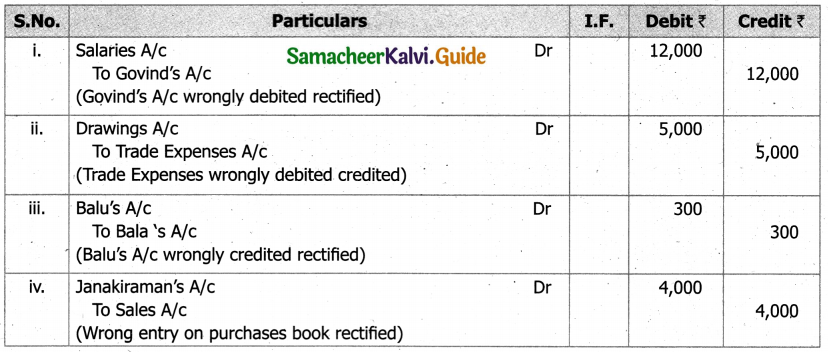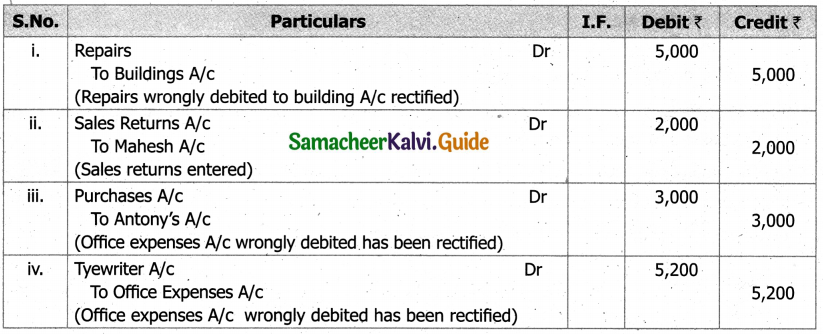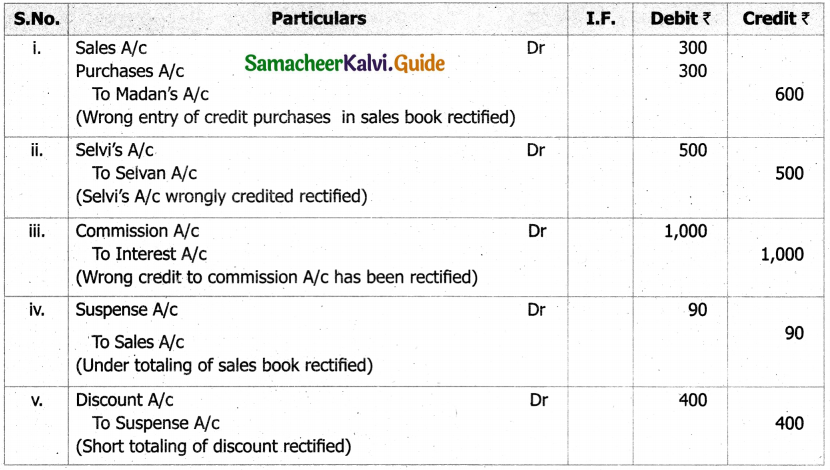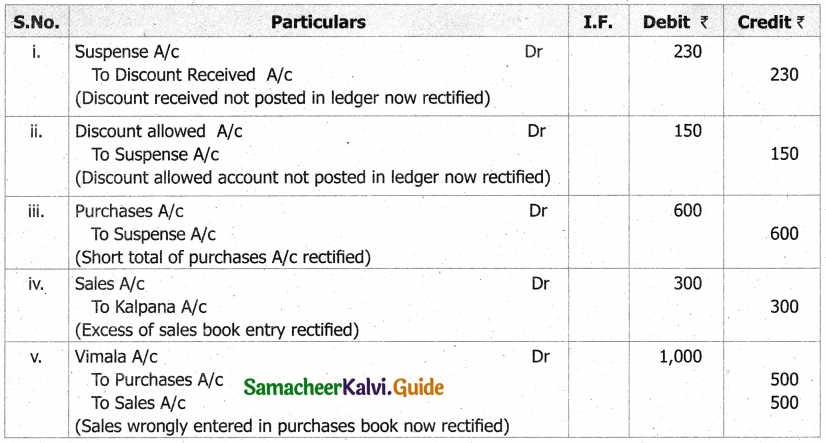Students get through the TN Board 12th Commerce Important Questions Chapter 6 Money Market which is useful for their exam preparation.
TN State Board 12th Commerce Important Questions Chapter 6 Money Market
Very short answer questions
Question 1.
Define the term money market by RBI.
Answer:
The term RBI defines the money market as “a market for short term financial assets that are close substitutes for money facilitates the exchange of money for new financial claims in the primary market as also for financial claims already issued in the secondary market”.
Question 2.
Discuss the sub-markets in the money market.
Answer:
It is not a single homogeneous market. It comprises of several sub-markets each specializing in a particular type of financing:
Eg: call money market, Acceptance market, Bill market.
![]()
Question 3.
Explain the role of commercial banks in the money market.
Answer:
(i) The commercial banks are the nerve center of the whole money market.
(ii) They are the principal supplier of short-term funds.
(iii) The commercial banks serve as a vital link between the central bank and the various segments of the money market.
Question 4.
Who are all the subscribers in the certificate of deposit market?
Answer:
Certificates of deposits are available for subscription by individuals corporations, trusts, associations, and NRIs.
Question 5.
Mention the few participants in the money market.
Answer:
- Government of different countries
- Private and public banks
- RBI and SBI
- Commercial banks
- Mutual funds institutions.
Question 6.
What is the Treasury bill market?
Answer:
A market for the purchases and sale of Treasury bills is known as the Treasury bill market. A Treasury bill is nothing but a promissory note issued for a specific period stated therein. The period does not exceed a period of one year.
![]()
Question 7.
What is Grooming?
Answer:
Acquisition of securities nearing maturity through the stock exchanges by the RBI in order to facilitate redemption is described as Grooming.
Question 8.
Who are all the issuers of the certificate of deposits market?
Answer:
The issuers of certificate of deposits are
- Commercial banks
- Financial Institutions
Short answer questions
Question 1.
Mention a few characteristics of the Government securities market.
Answer:
- Agencies: Central, State, and Local Government
- RBI special role: Active role in purchase and sale of securities.
- Liquidity profile: The liquidity profile of securities issued by the central Government is high.
- Forms: Promissory note and bearer bond.
- Issue mechanism: The Public Debt Office (PDO) of the RBI undertakes to issue Government securities.
Question 2.
What are the objectives of the money market?
Answer:
- Providing an equilibrium mechanism for ironing out short-term surplus and deficits.
- Providing a focal point for central bank intervention for influencing liquidity in the company.
- Providing access in uses to users of short-term money to meet their requirements at a reasonable price.
![]()
Question 3.
Explain about commercial bills.
Answer:
- A bill of exchange issued by commercial organizations to raise short-term needs.
- These bills are 30 days, 60 days, and 90 days maturity.
- The commercial bill is an instrument drawn by a seller of goods on a buyer of goods.
- It possesses the advantage of self-liquidating in nature recourse to two parties.
- They must know the exact date of transactions, transparency of transactions, etc.
Long answer questions
Question 1.
Explain the difference between Treasury bills and commercial bills.
Treasury Bills:
- A market for the purchase and sale of Treasury bills is known as a “Treasury bills Market”.
- On the basis of periodicity Treasury bills may be (i) 91 days (ii) 182 days (iii) 364 days.
- These bills are freely marketable and they can be bought and sold at any time.
- A Treasury bill is nothing but a promissory note issued for a specific period stated therein.
Commercial bills:
- A bill of exchange issued by a commercial organization is known as Commercial bills.
- These bills are of 30 days, 60 days, and 90 days maturity.
- It possesses the advantage of self-liquidating in nature.
- To know the exact date of transactions, transparency of transactions, etc.
Multiple-choice questions
1. It is a market for short term funds for a period of not exceeding one year.
(a) Capital market
(b) Money market
(c) Both (a) and (b)
(d) none
Answer:
(b) Money market
![]()
2. Which bank plays a dominant role in the money market?
(a) Commercial banks
(b) Central bank
(c) Discount house
(d) Non-banking financial companies
Answer:
(a) Commercial banks
3. Which bank serves as a vital link between the central bank and other segments of the money market?
(a) Discount house
(b) Acceptance house
(c) Commercial bank
(d) None
Answer:
(c) Commercial bank
4. In open market operation, the central bank absorbs cash during off-seasons.
(a) Surplus
(b) Deficit
(c) Minimum
(d) All the above
Answer:
(a) Surplus
5. In which type of treasure bills do not carry any fixed rate:
(a) 91 days treasury bills
(b) 182 days treasury bills
(c) 364 days treasury bills
(d) None
Answer:
(c) 364 days treasury bills
6. A bill of exchange issued by a commercial organization:
(a) Treasury bill
(b) Commercial bill
(c) Commercial papers
(d) All the above
Answer:
(b) Commercial bill
7. In which bank play an active role in the purchase and sale of securities:
(a) RBI
(b) Central Government
(c) State Government
(d) Local Government
Answer:
(a) RBI
![]()
8. Securities are sold to the highest bidders is known as:
(a) Switching
(b) Auctioning
(c) Grooming
(d) All the above.
Answer:
(b) Auctioning
9. Liquidity in the money market is:
(a) High liquidity
(b) Low liquidity
(c) Minimum
(d) None
Answer:
(a) High liquidity
10. In what way transactions take place in the money market:
(a) Phone
(b) Formal place
(c) Both (a) and (b)
(d) None
Answer:
(a) Phone
11. Certificate of deposits are issued in the form of usance:
(a) Promissory notes
(b) Bearer bond
(c) Bills
(d) Stock certificate
Answer:
(a) Promissory notes
12. In the Government securities market liquidity profile of securities issued by the central Government is:
(a) Low
(b) High
(c) Medium
(d) All the above
Answer:
(b) High
![]()
13. Bills that are accompanied by documents of title of goods are called:
(a) Foreign bills
(b) Inland bills
(c) Documentary bills
(d) Supply bills
Answer:
(c) Documentary bills
14. Bills that are drawn without accompanying any document:
(a) Clean bills
(b) Indigenous bills
(c) Both (a) and (b)
(d) None
Answer:
(a) Clean bills
15. Government securities are issued by agencies:
(a) Central Government
(b) State Government
(c) Local Government
(d) All the above
Answer:
(d) All the above
